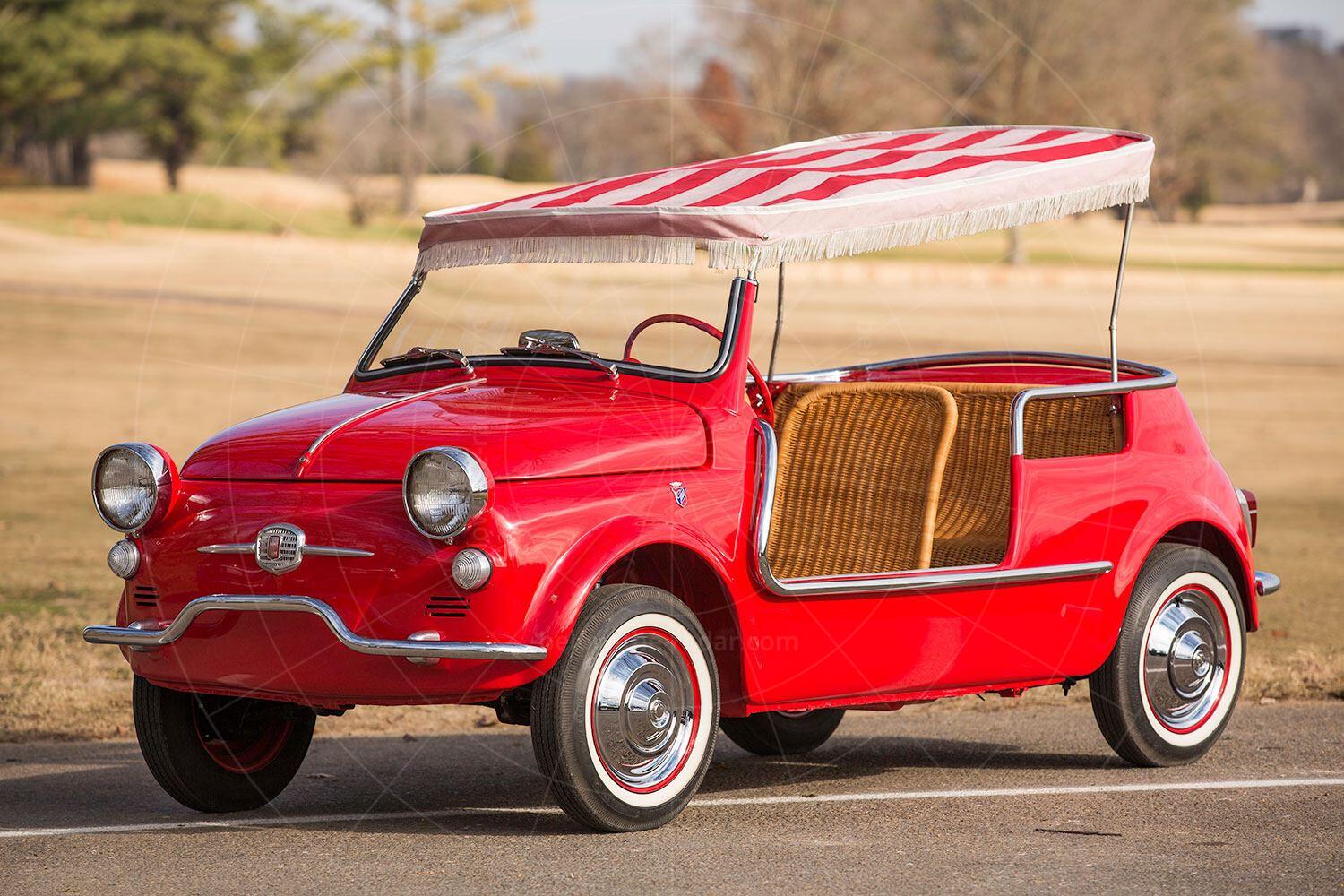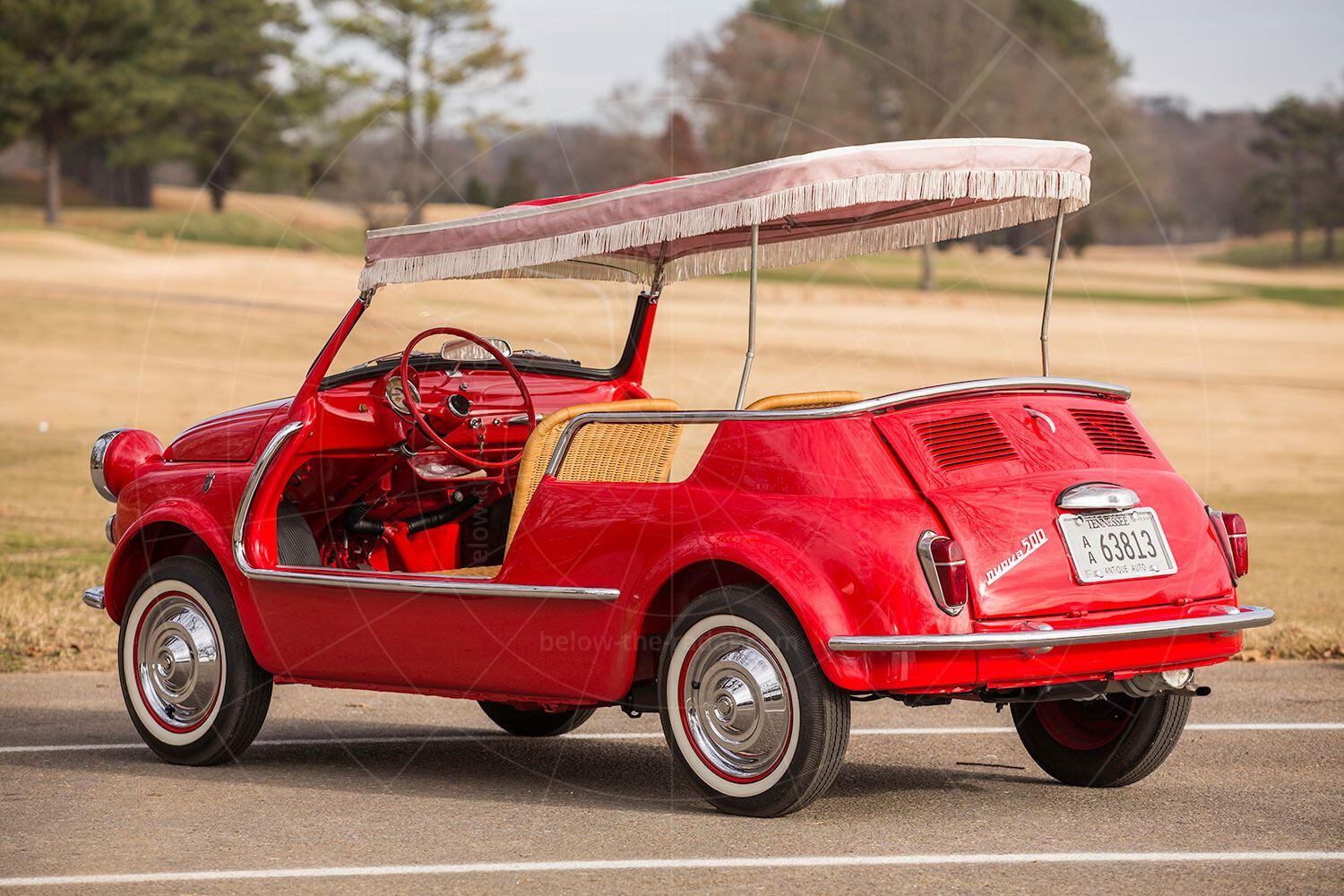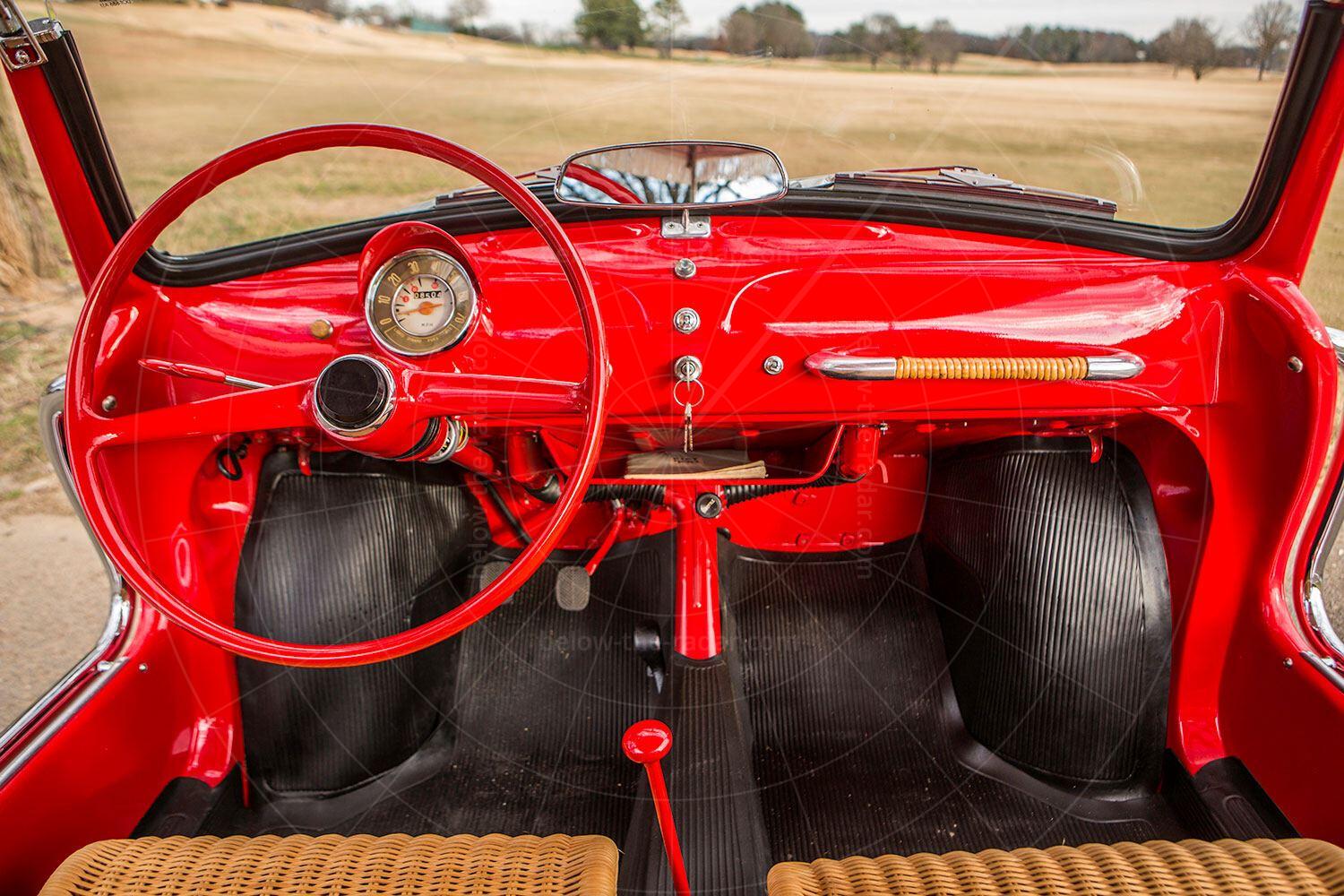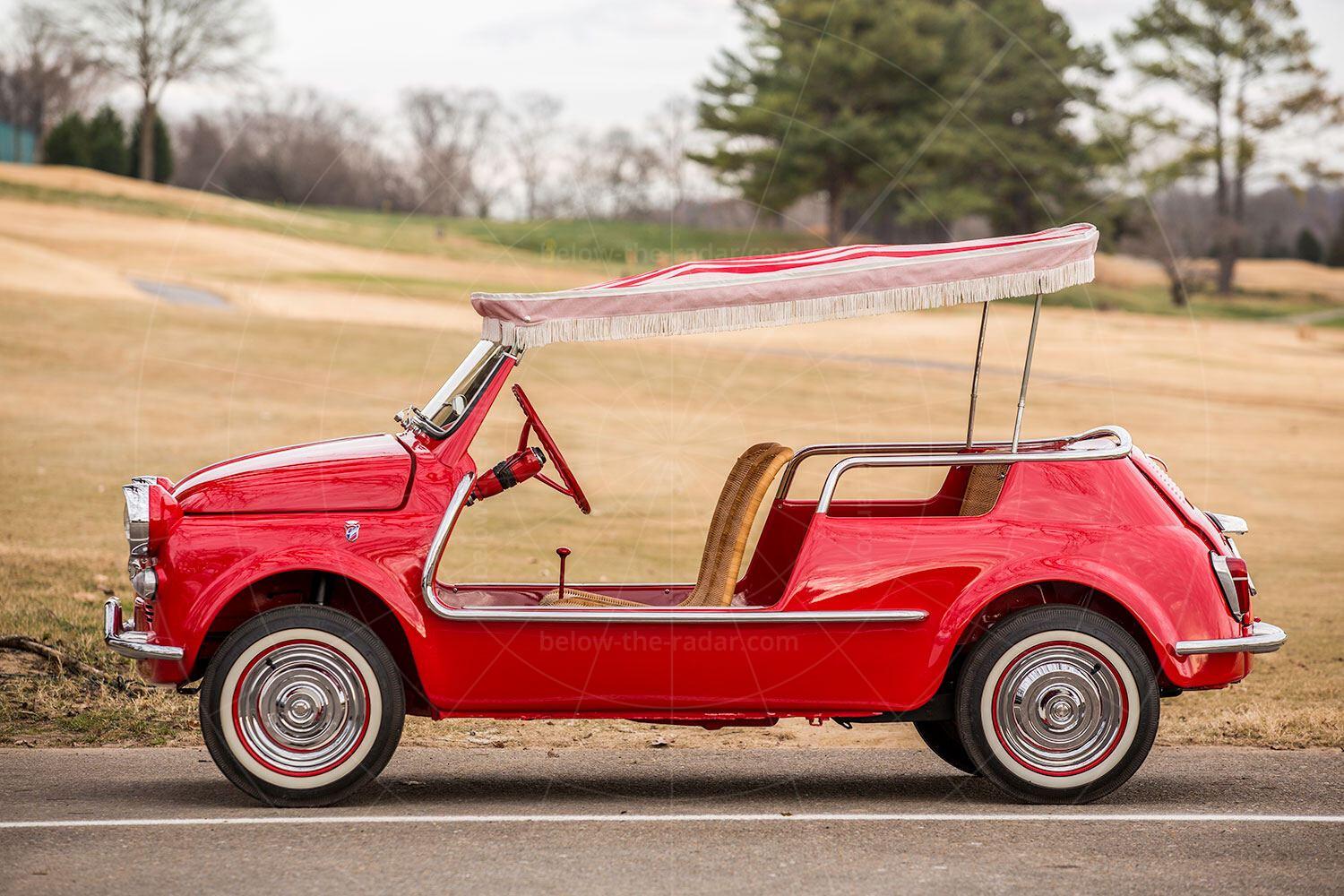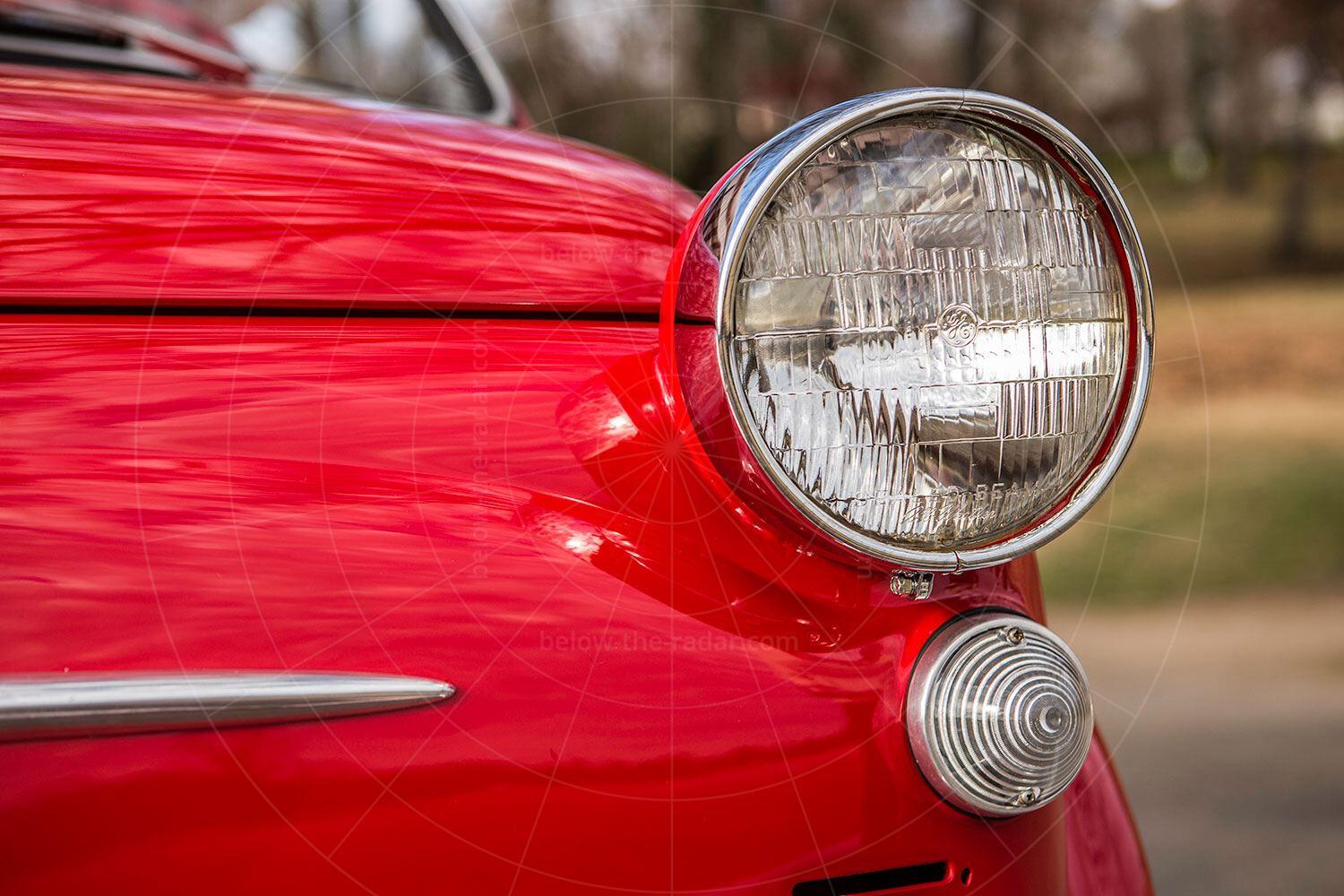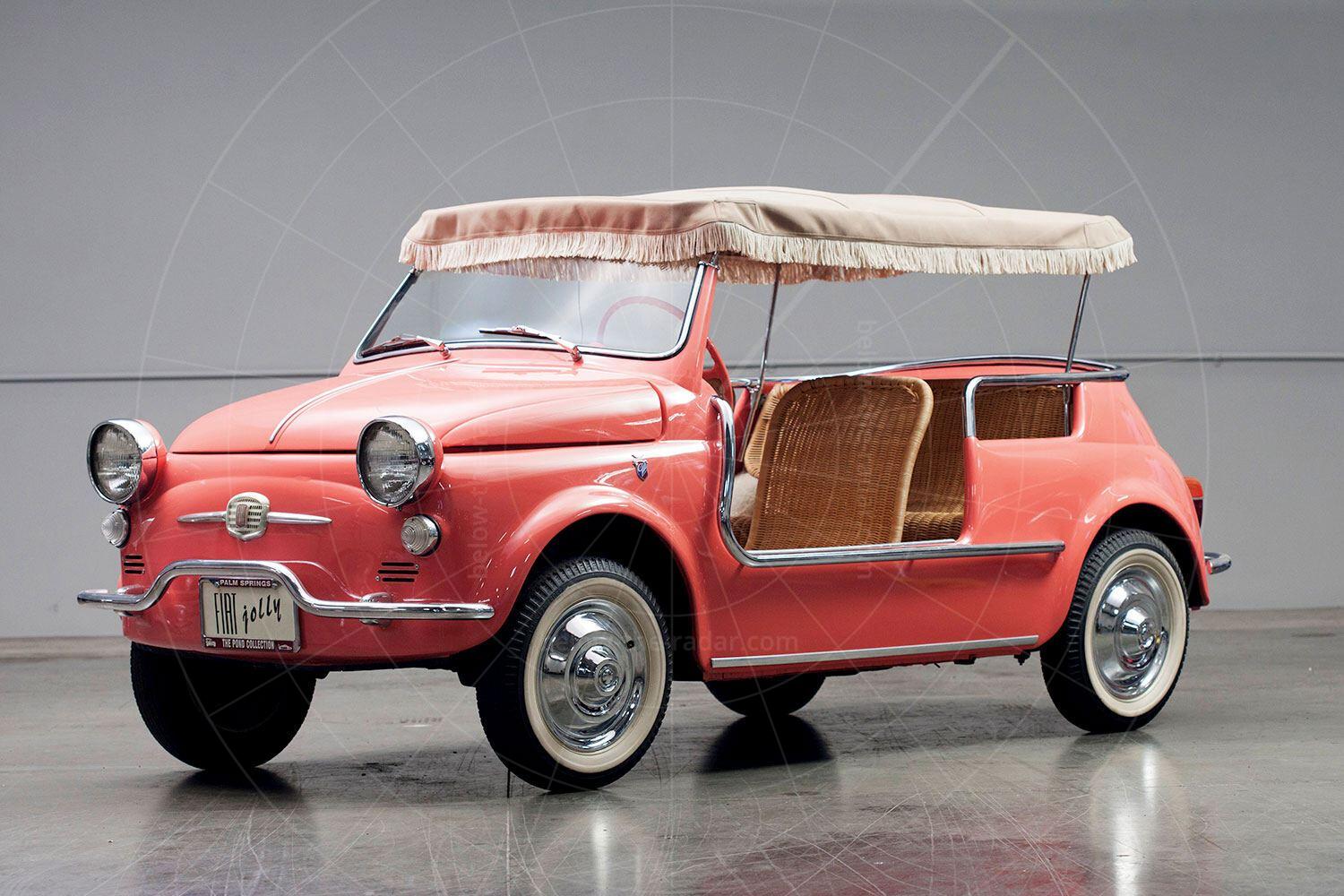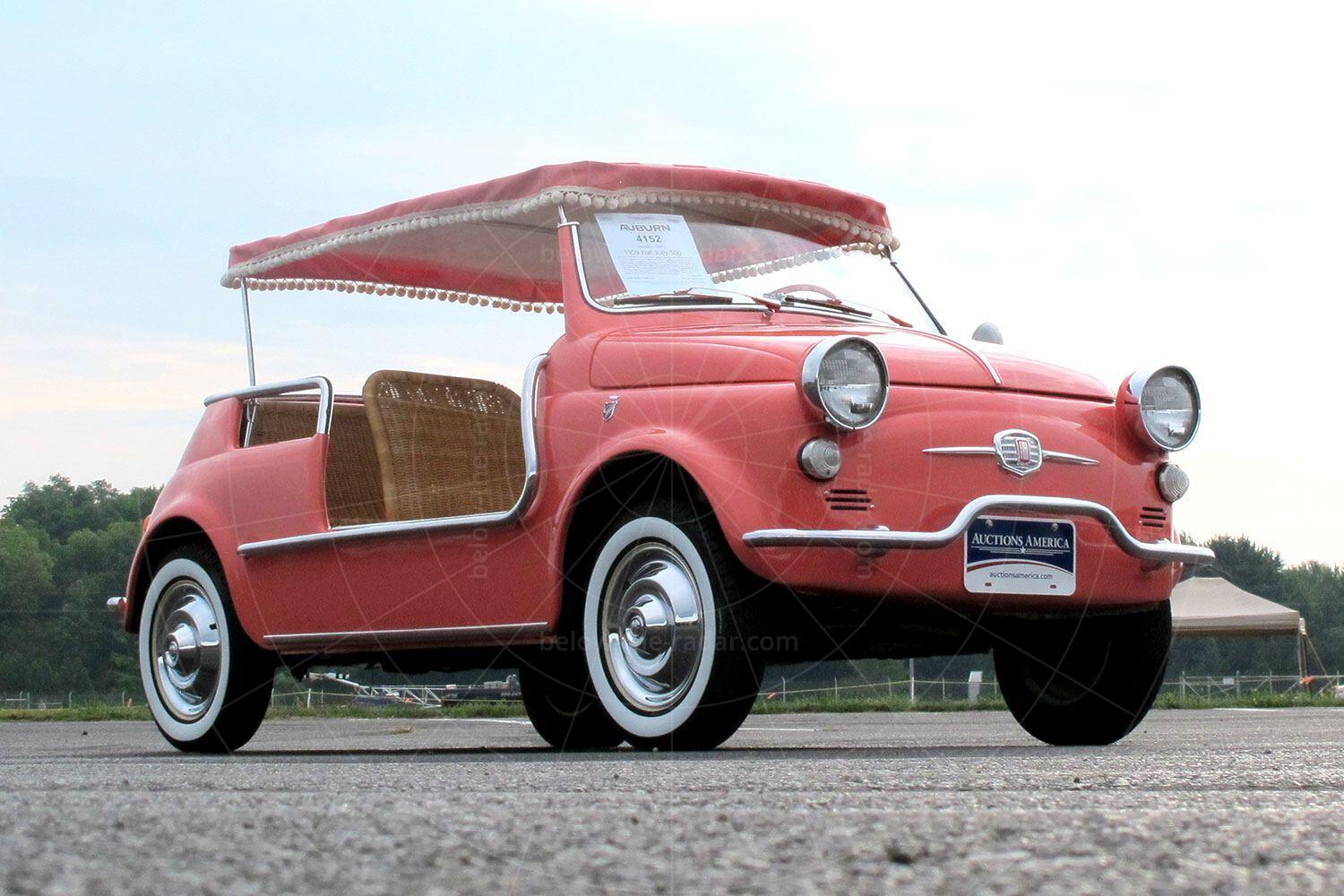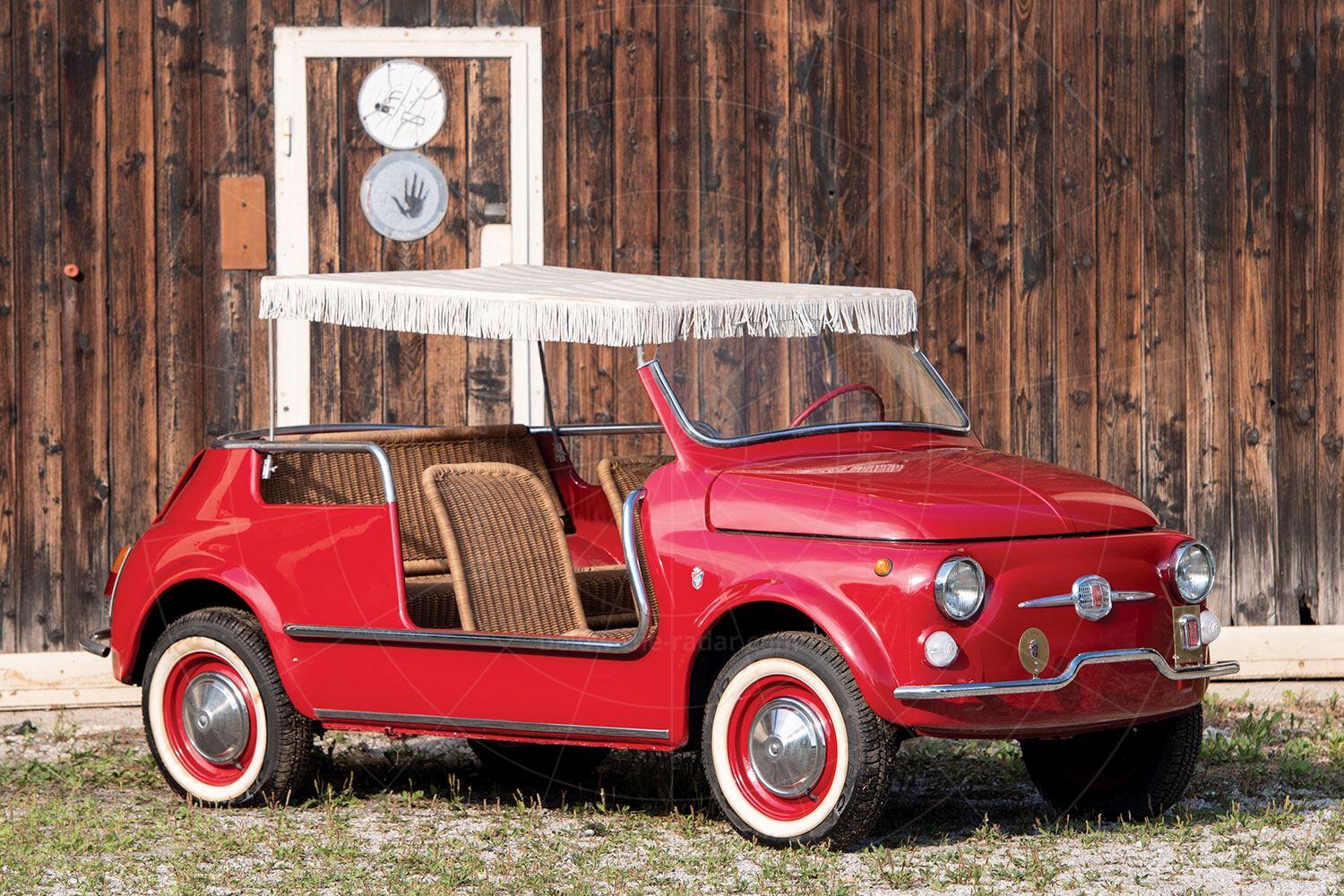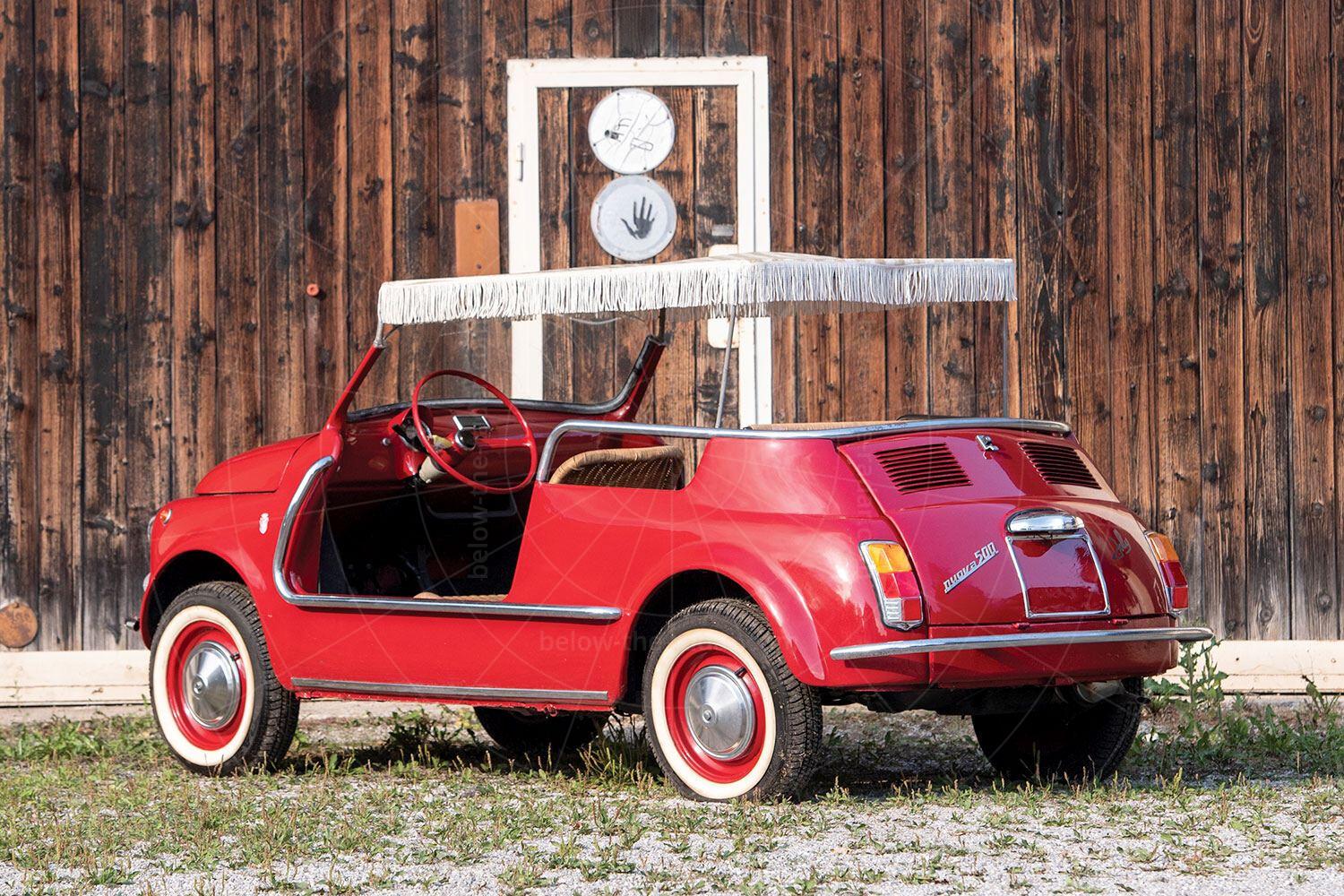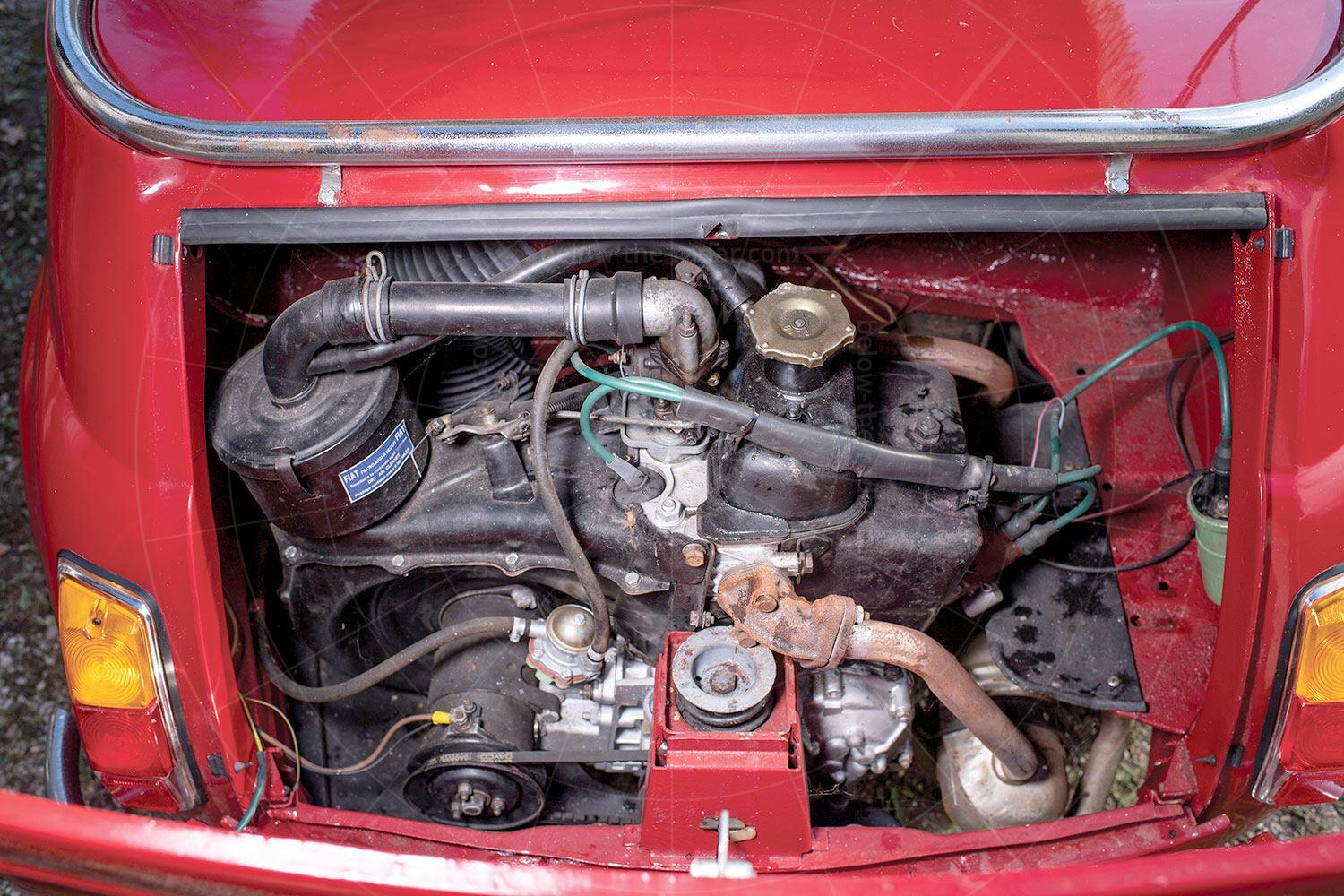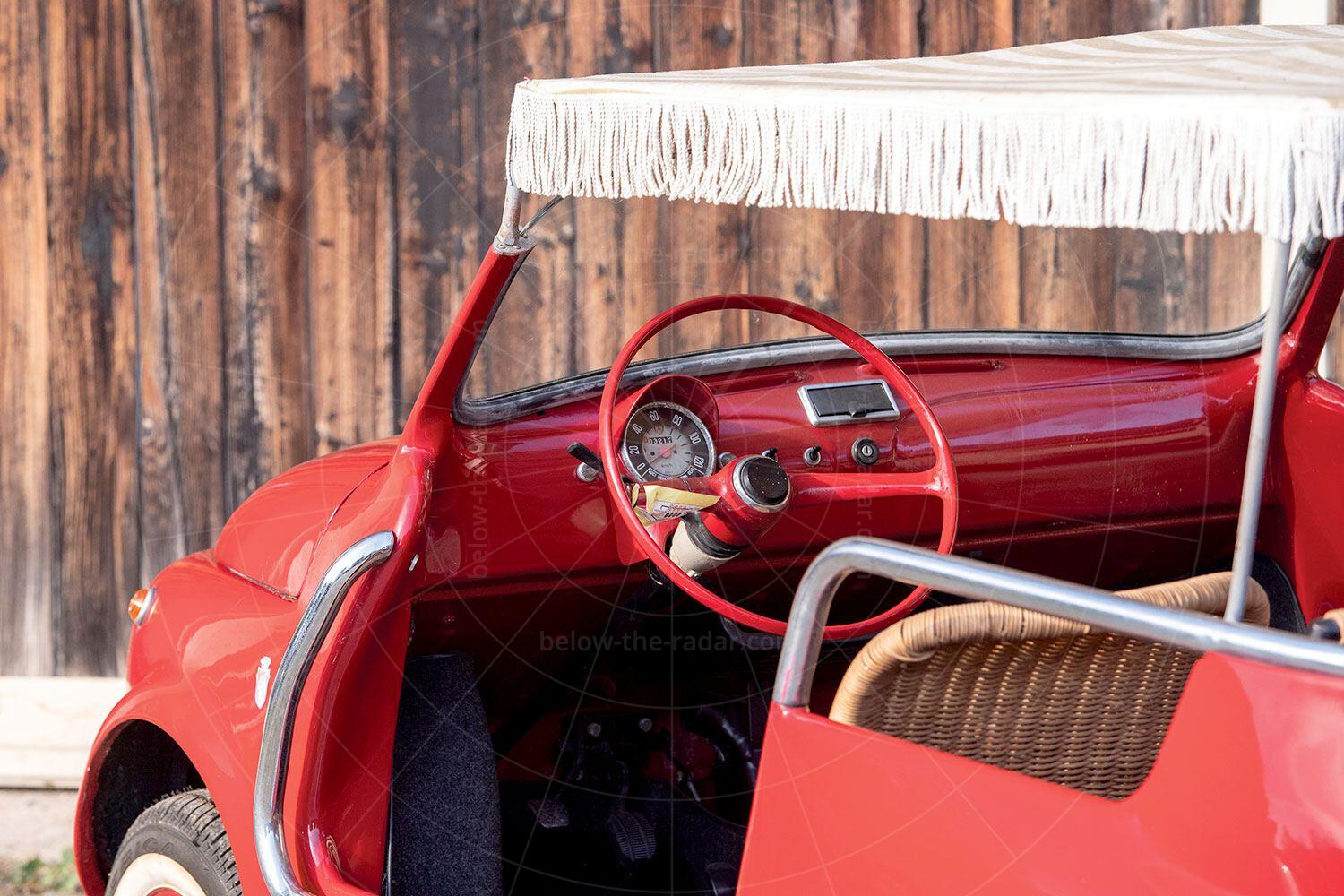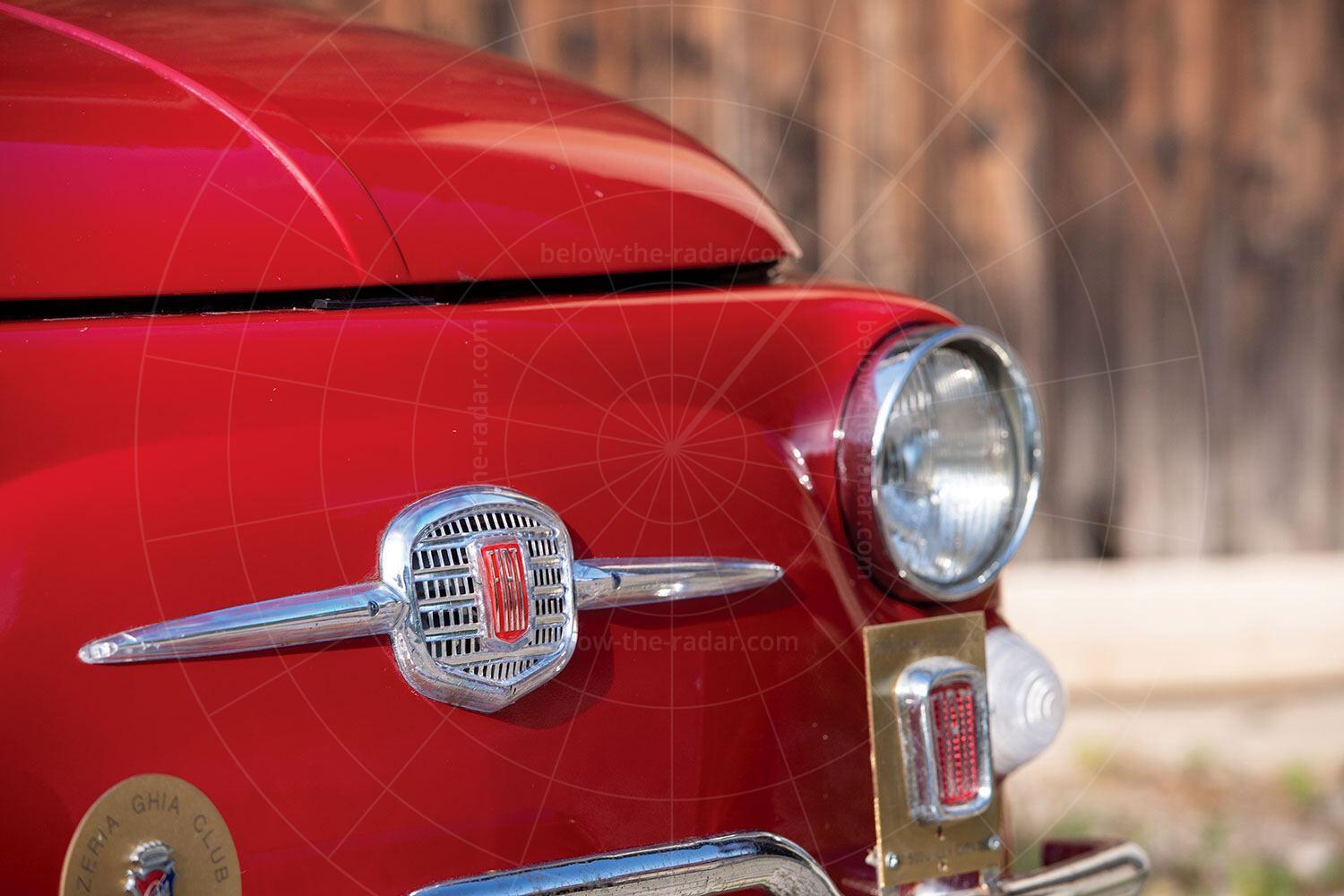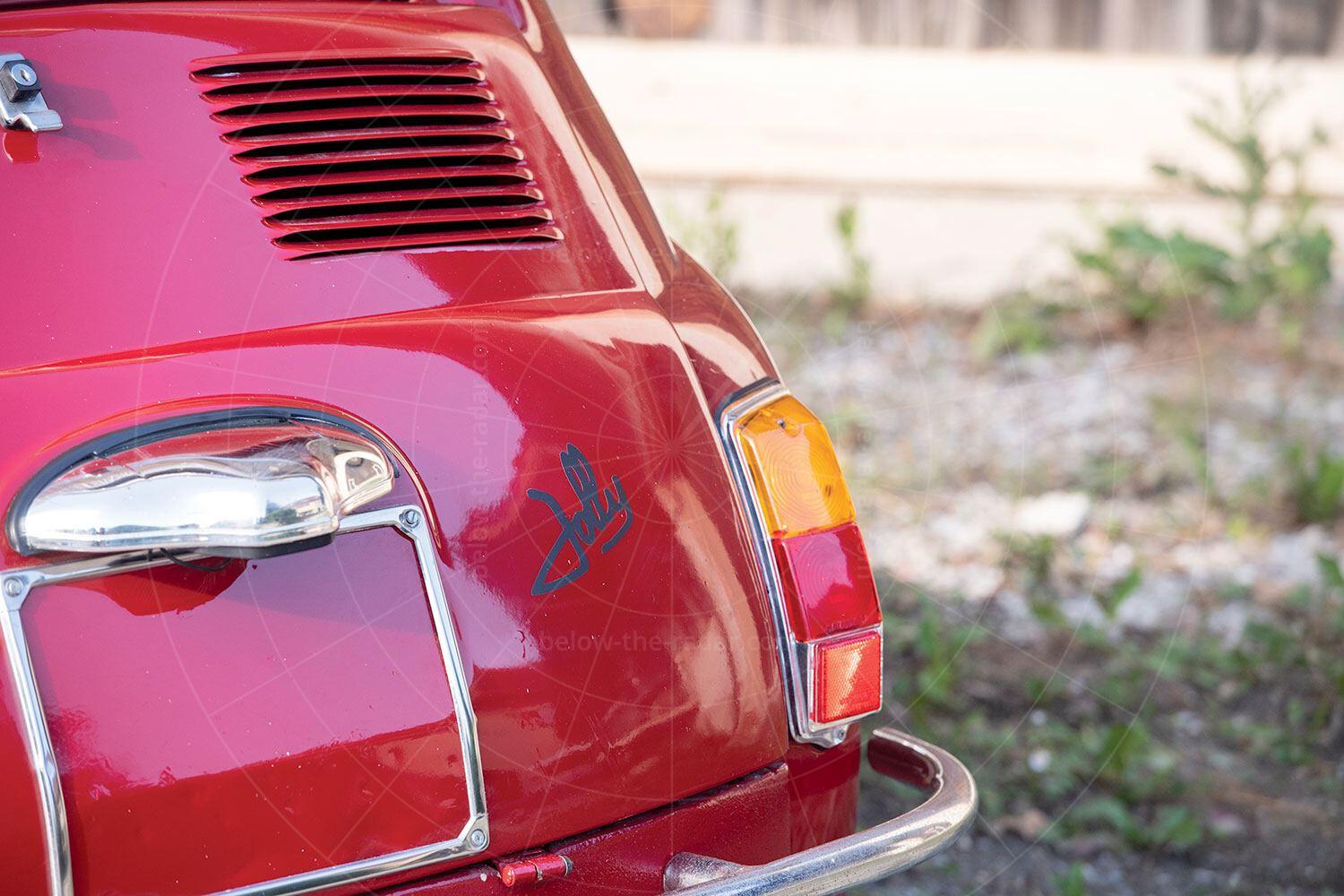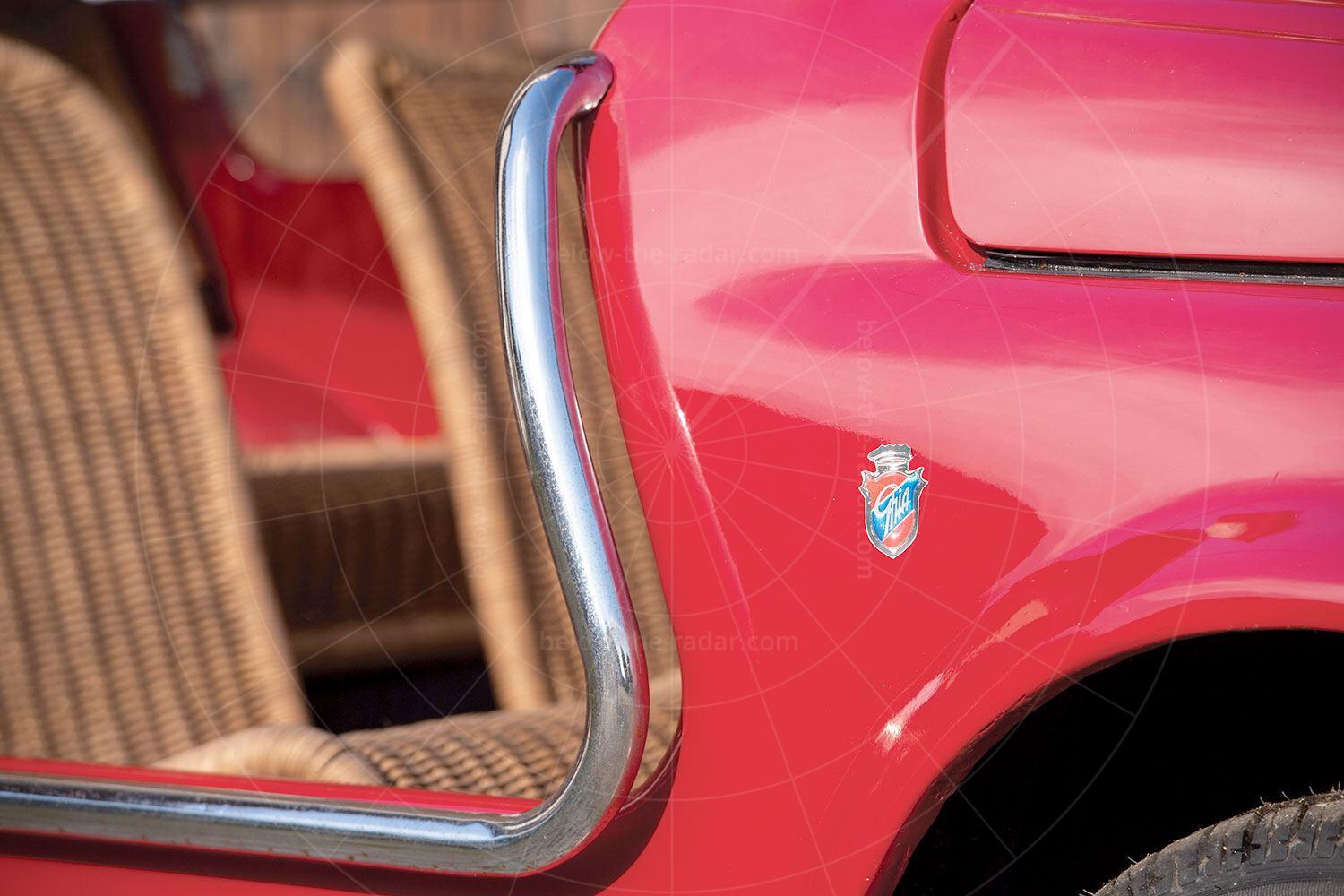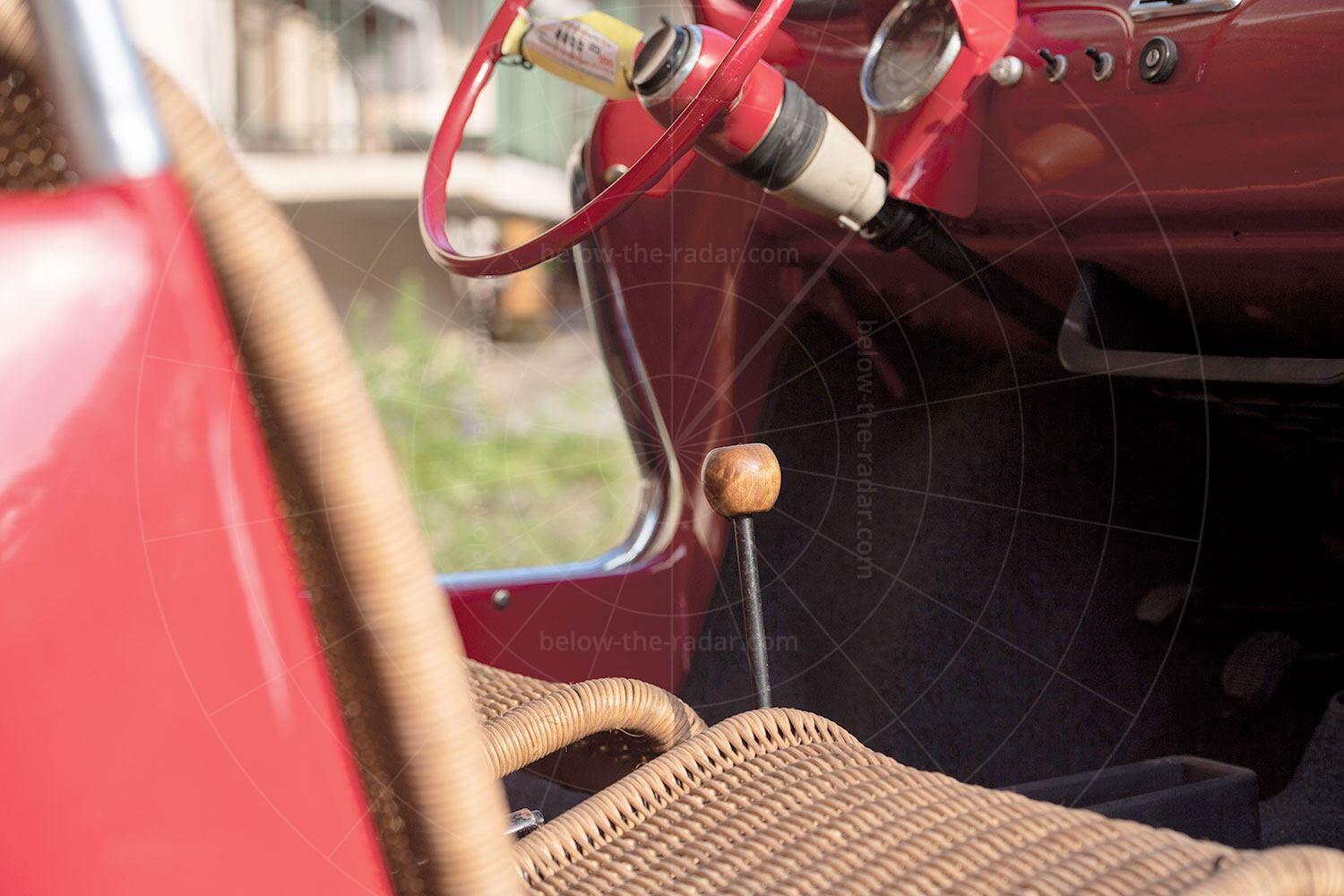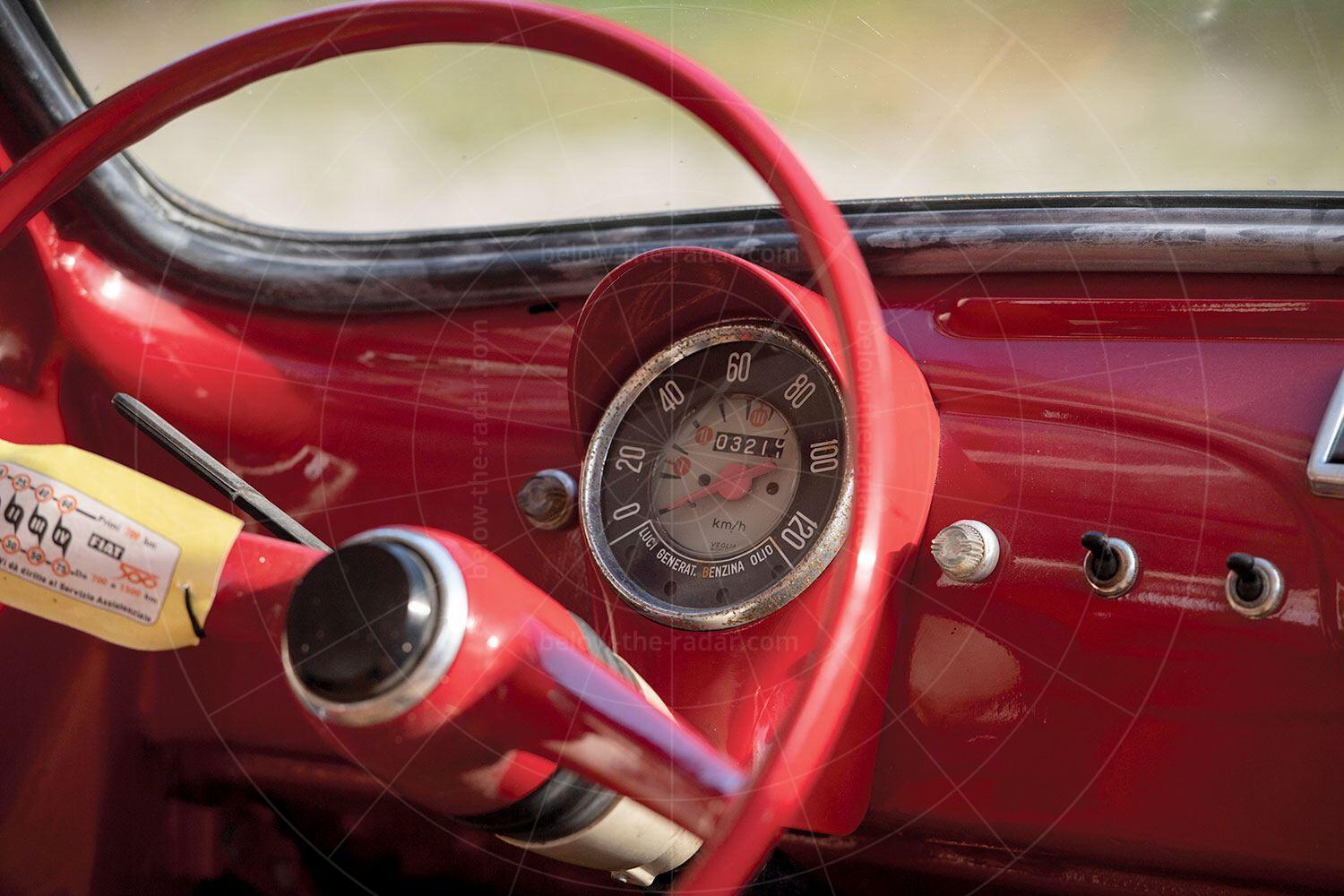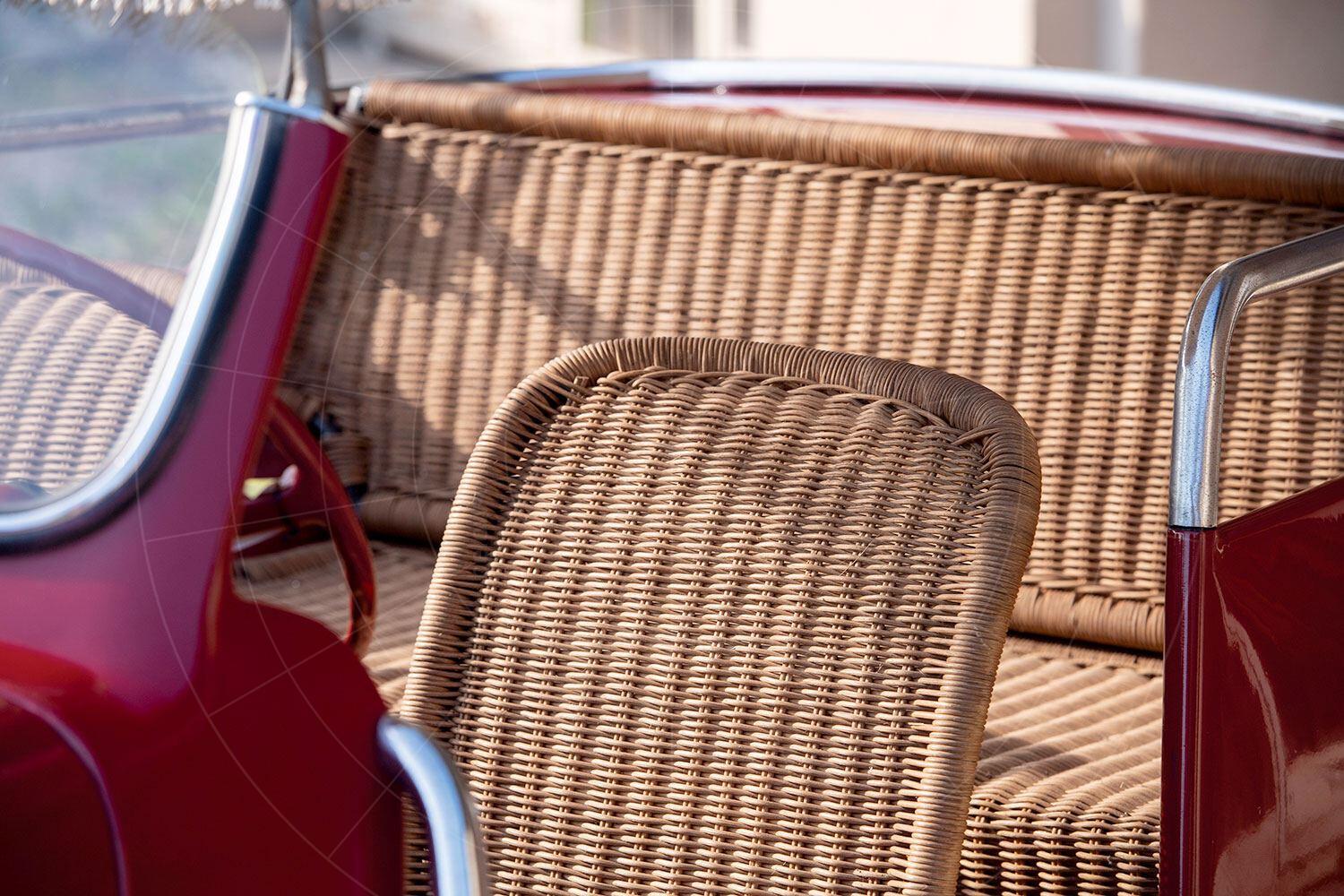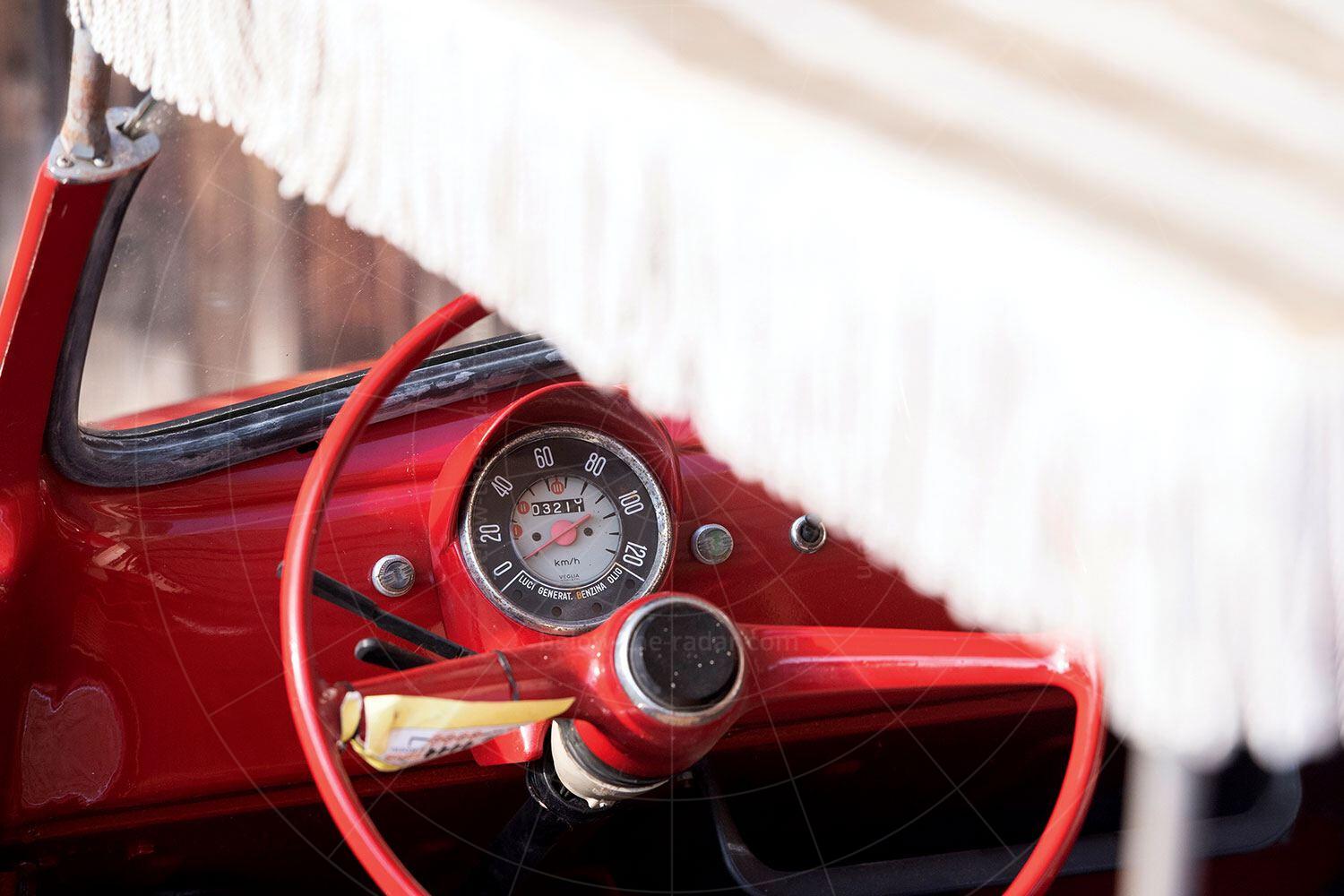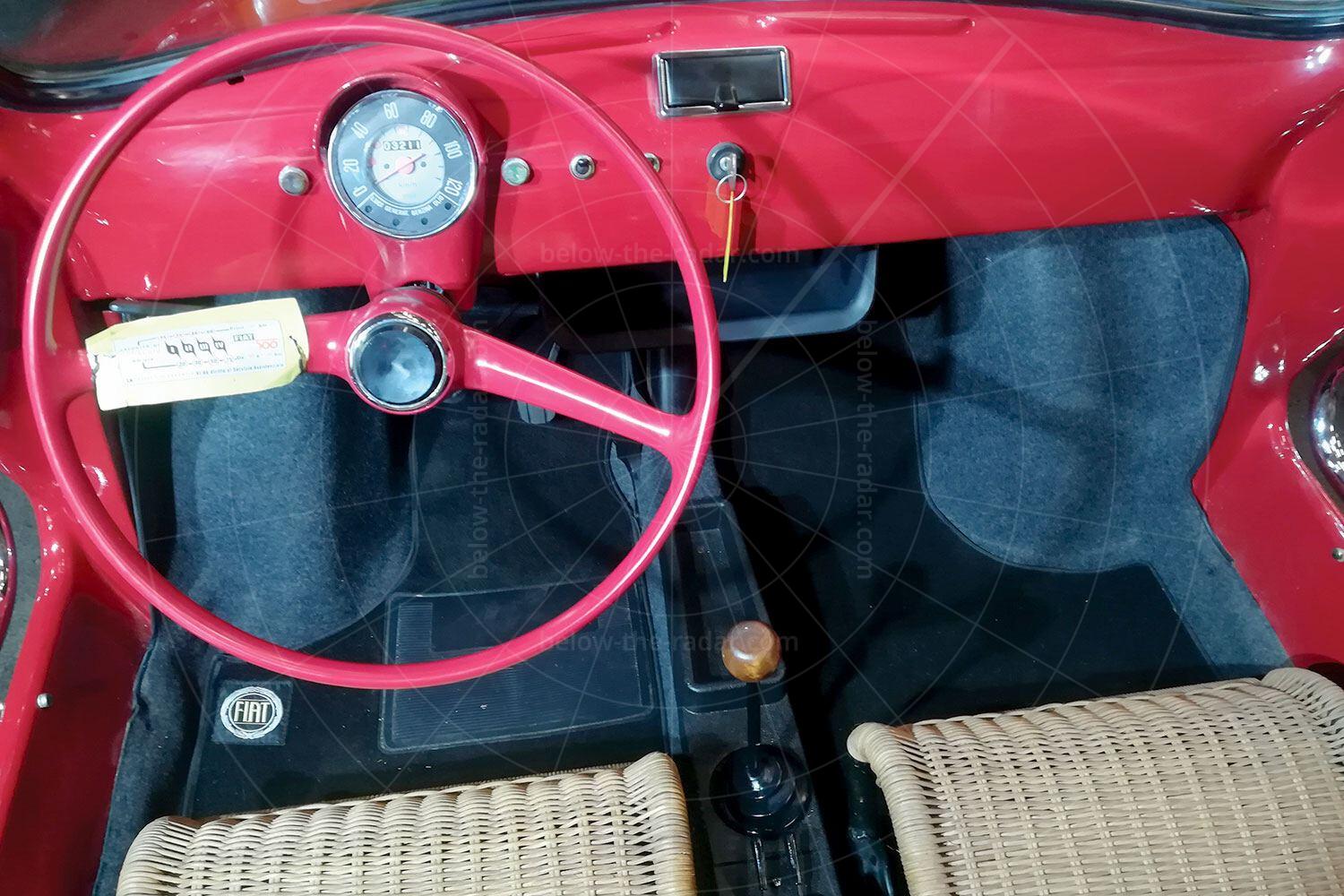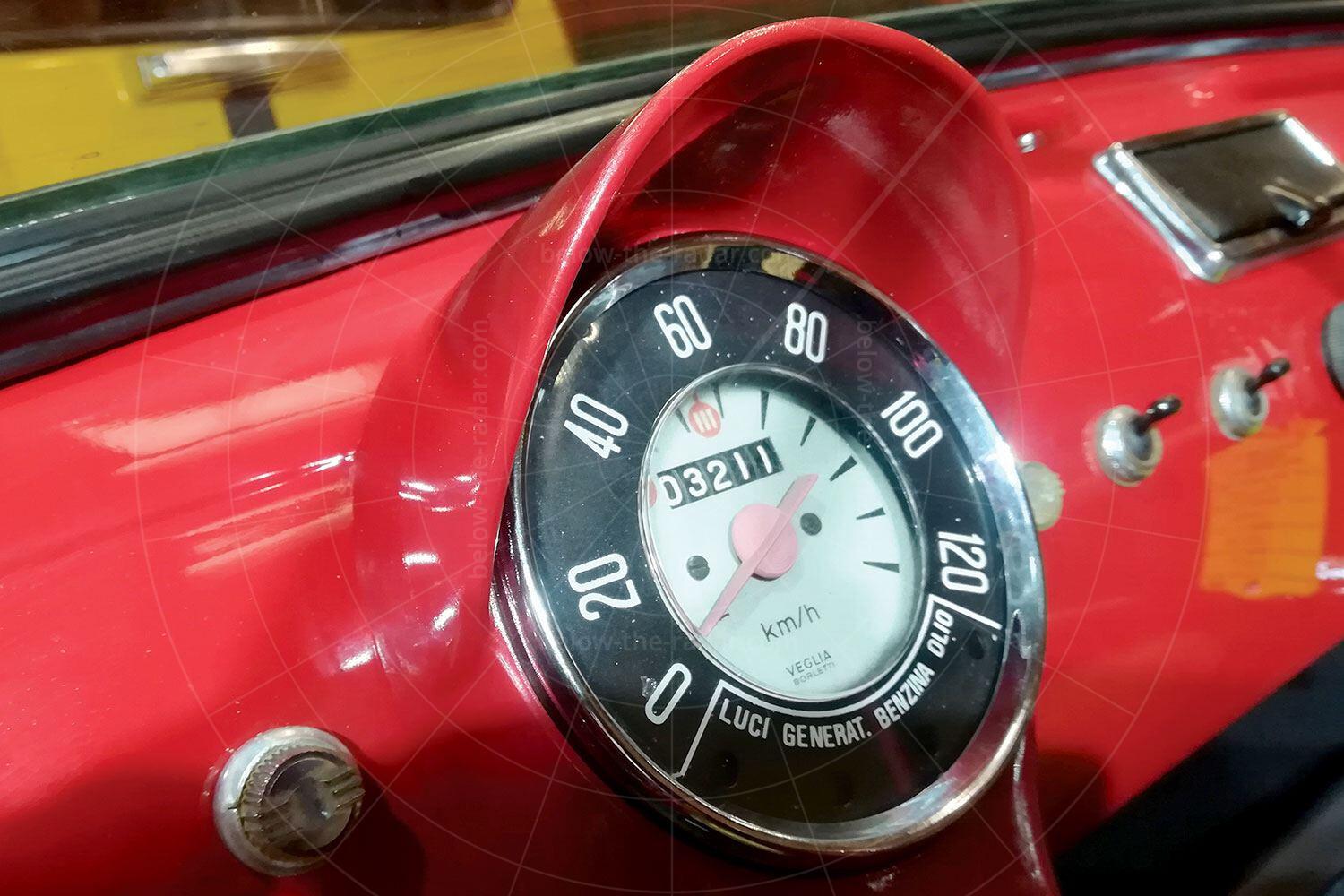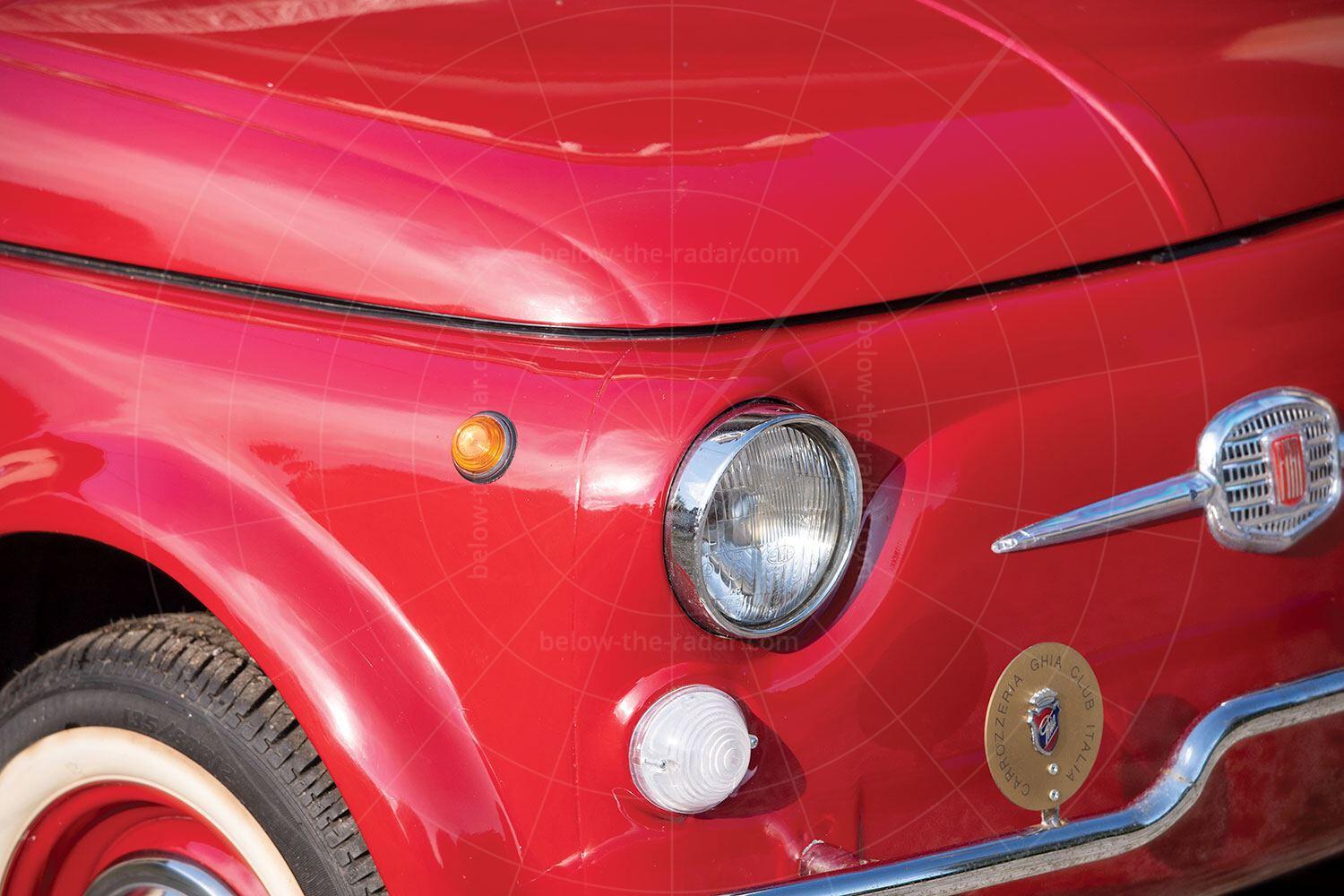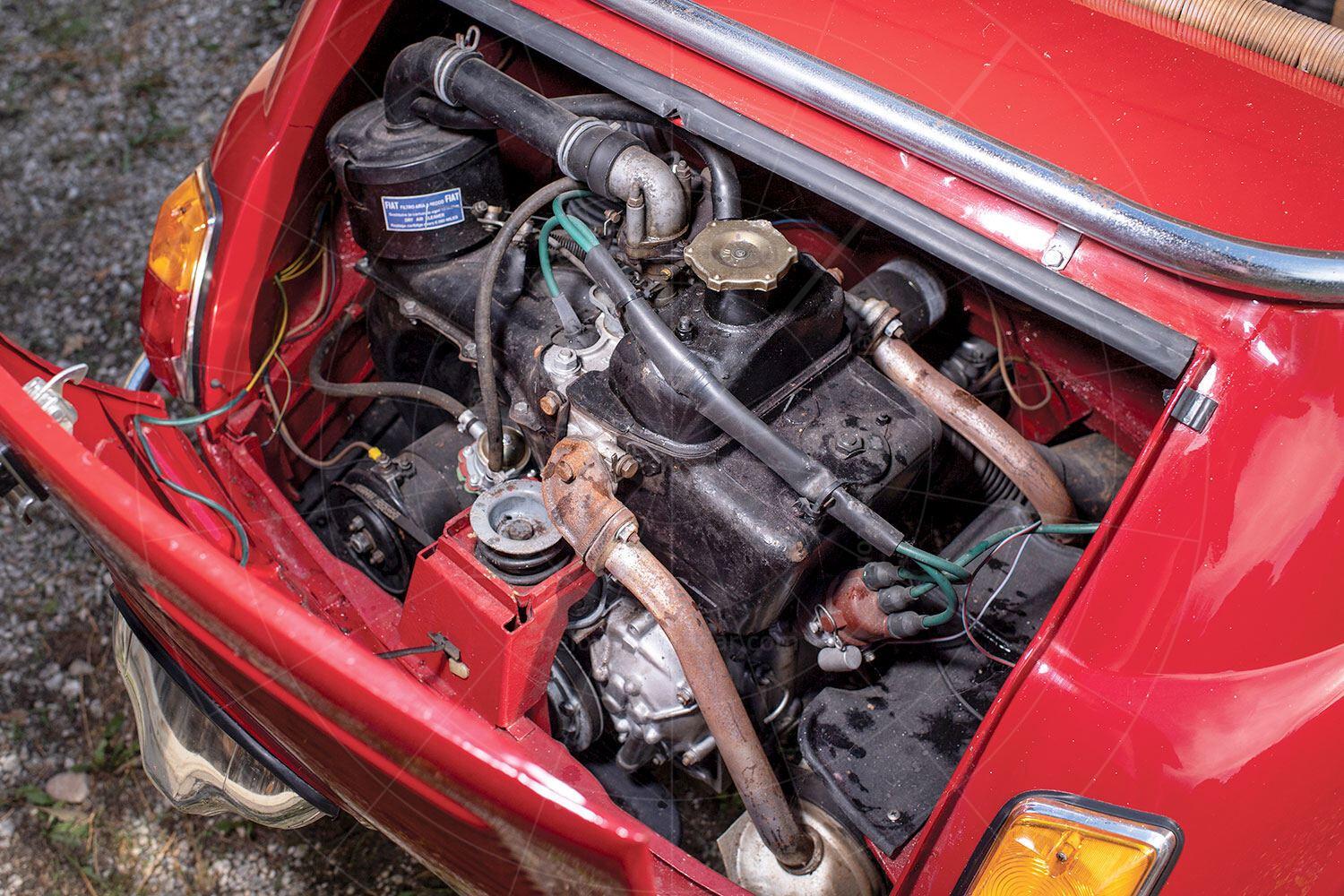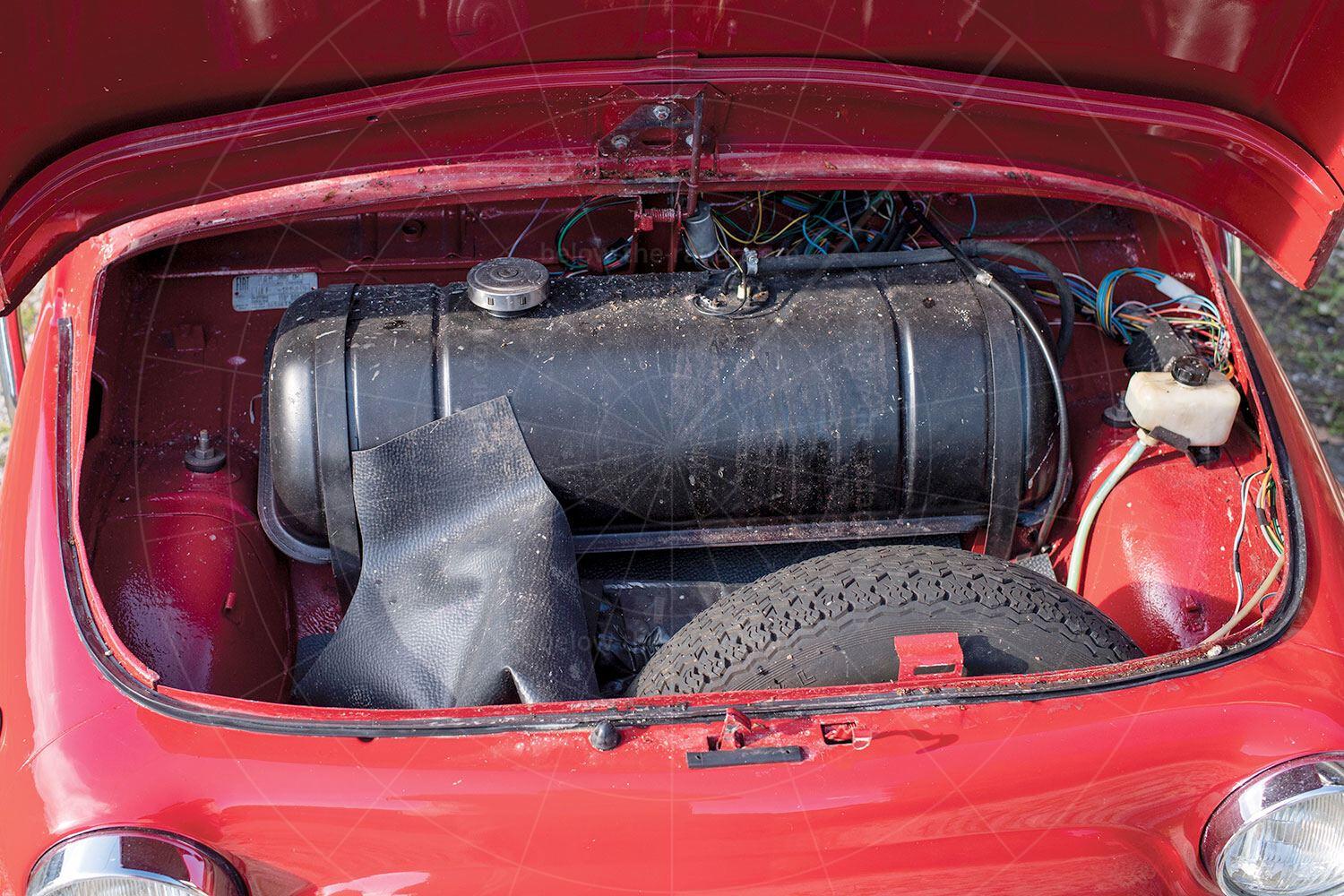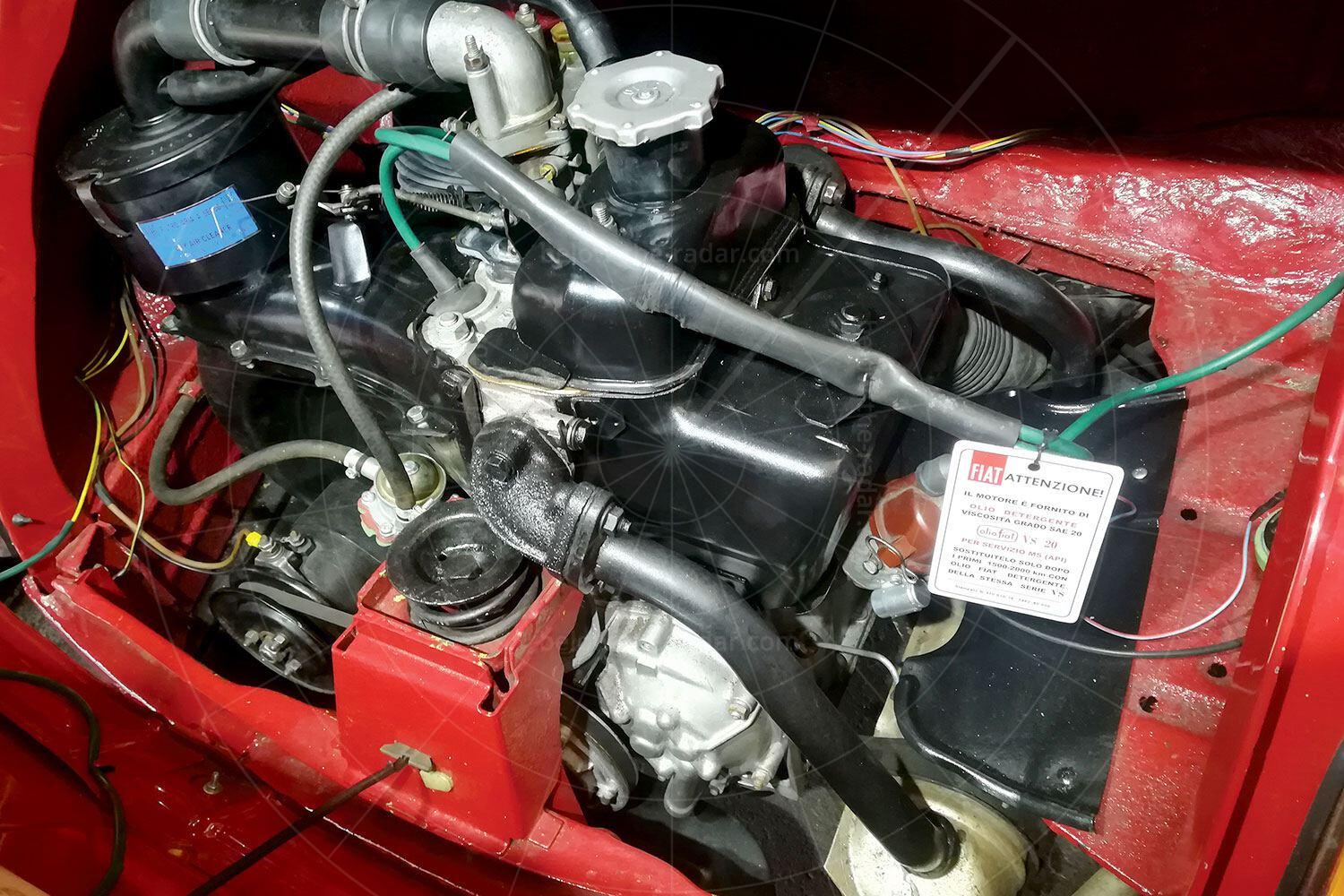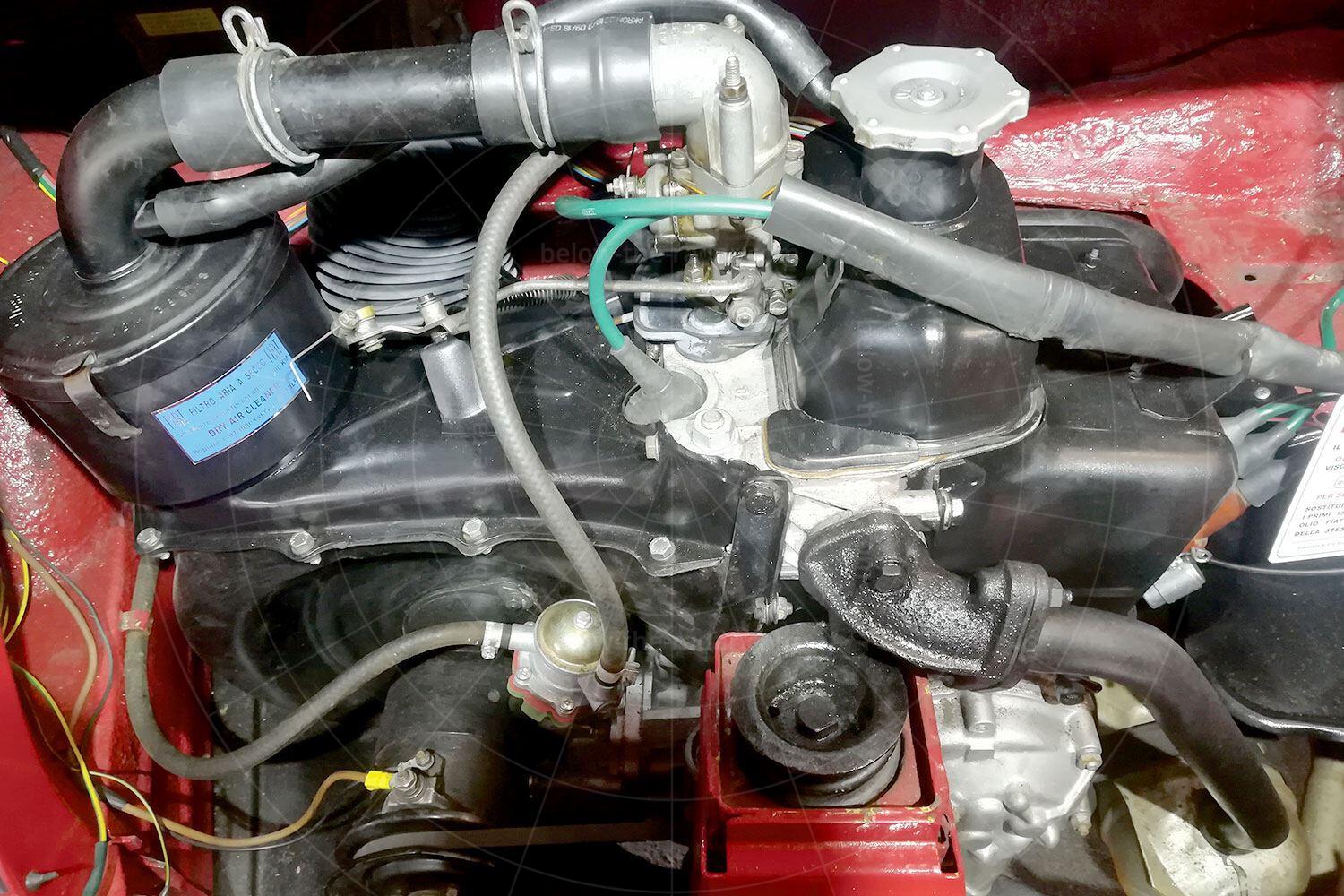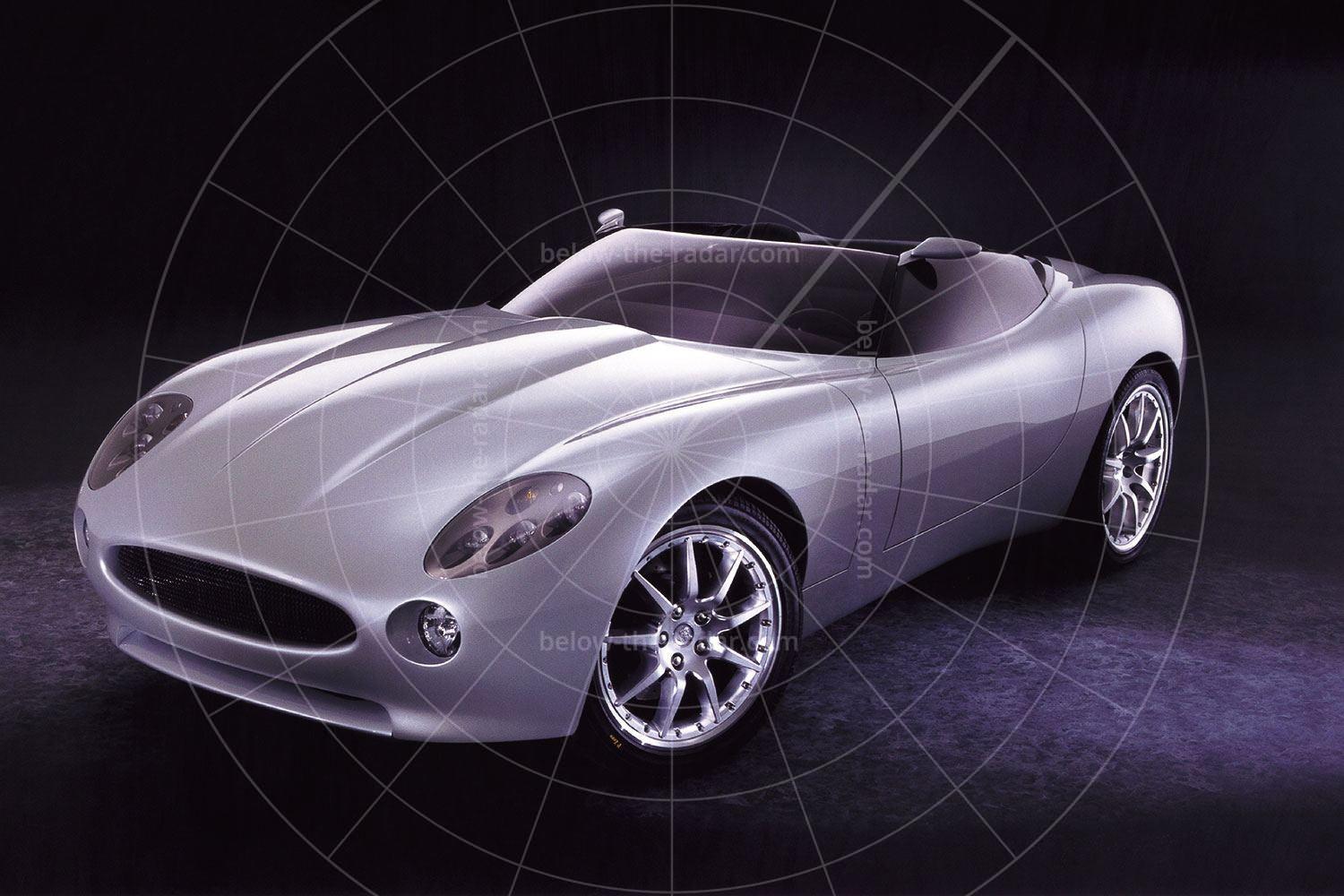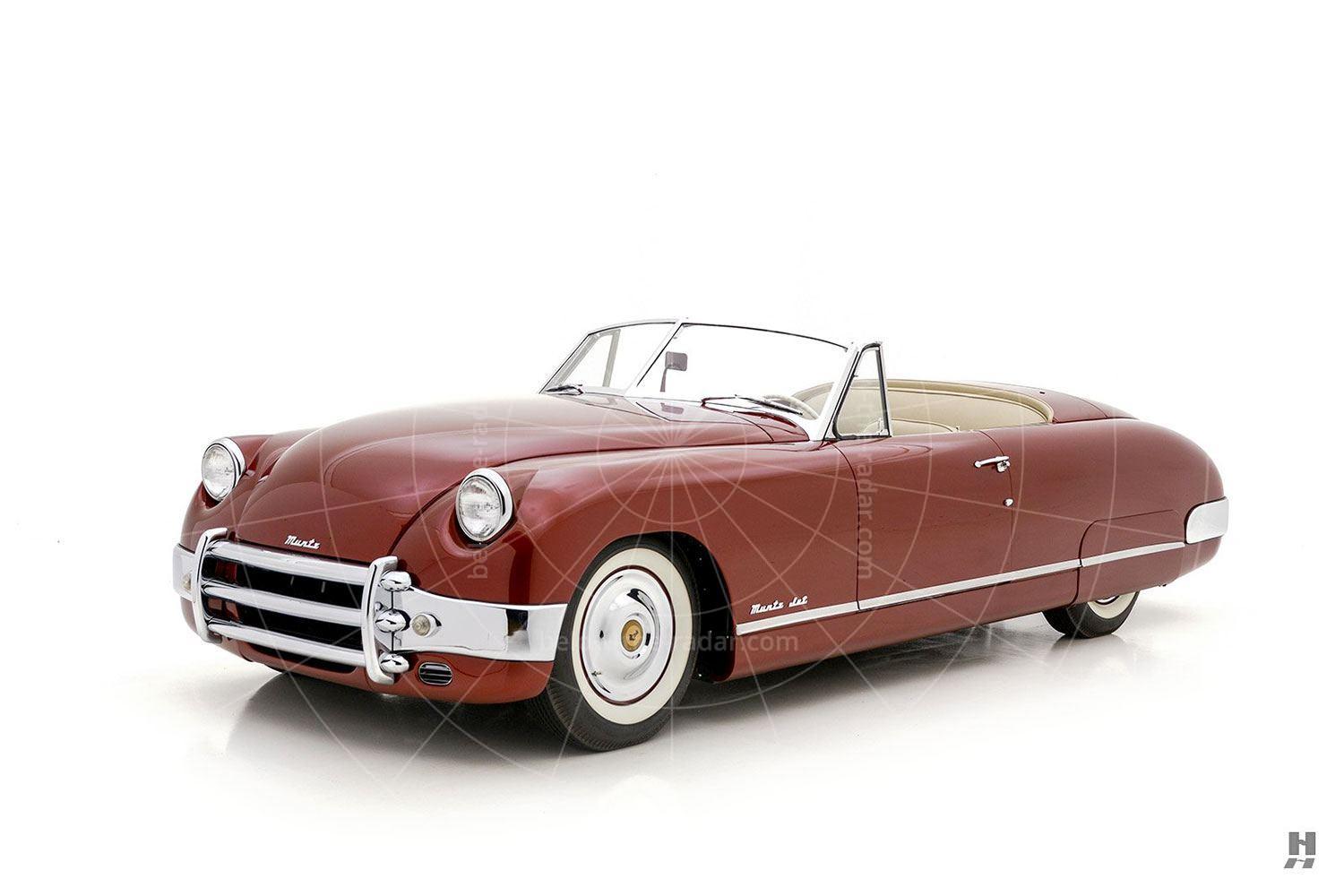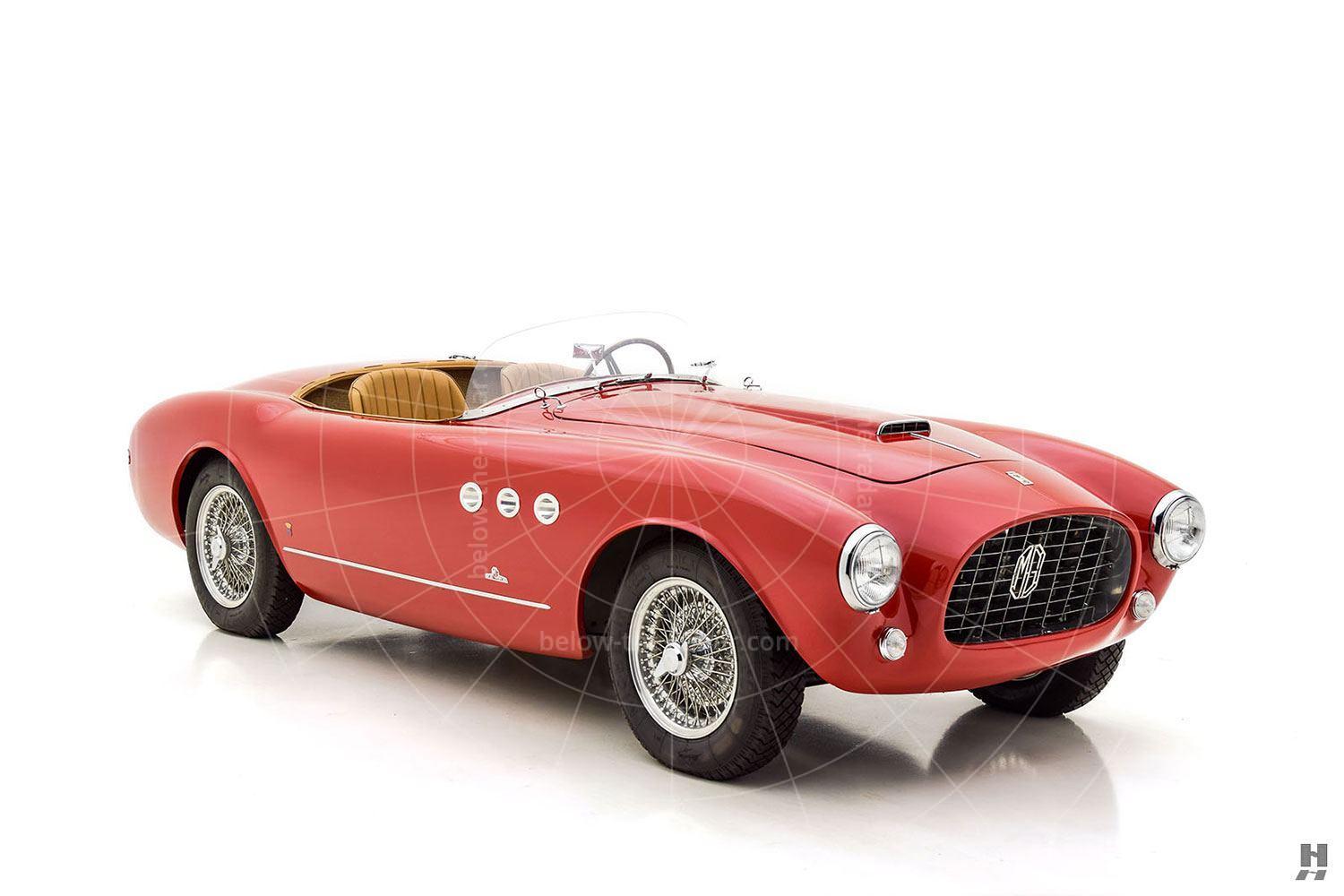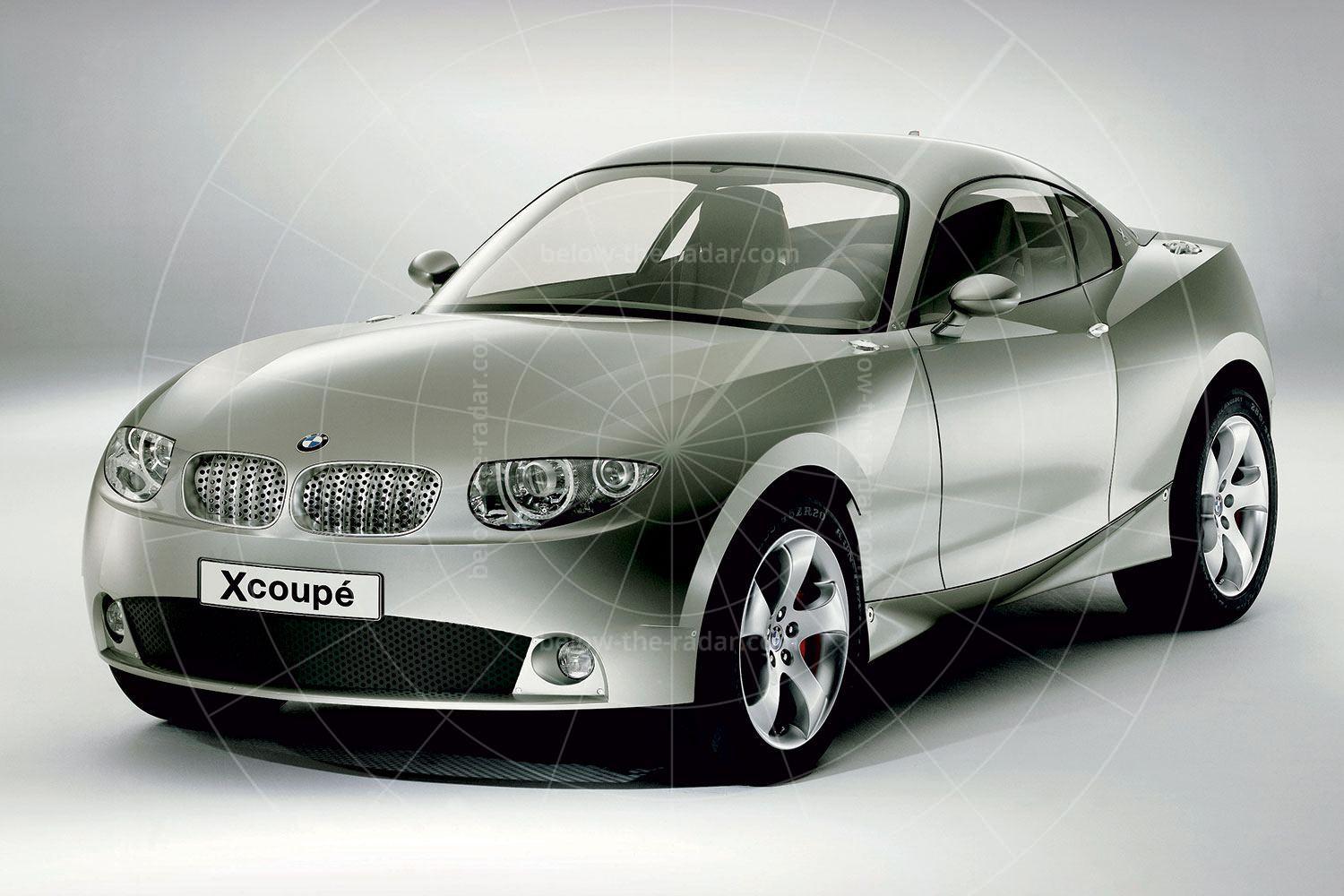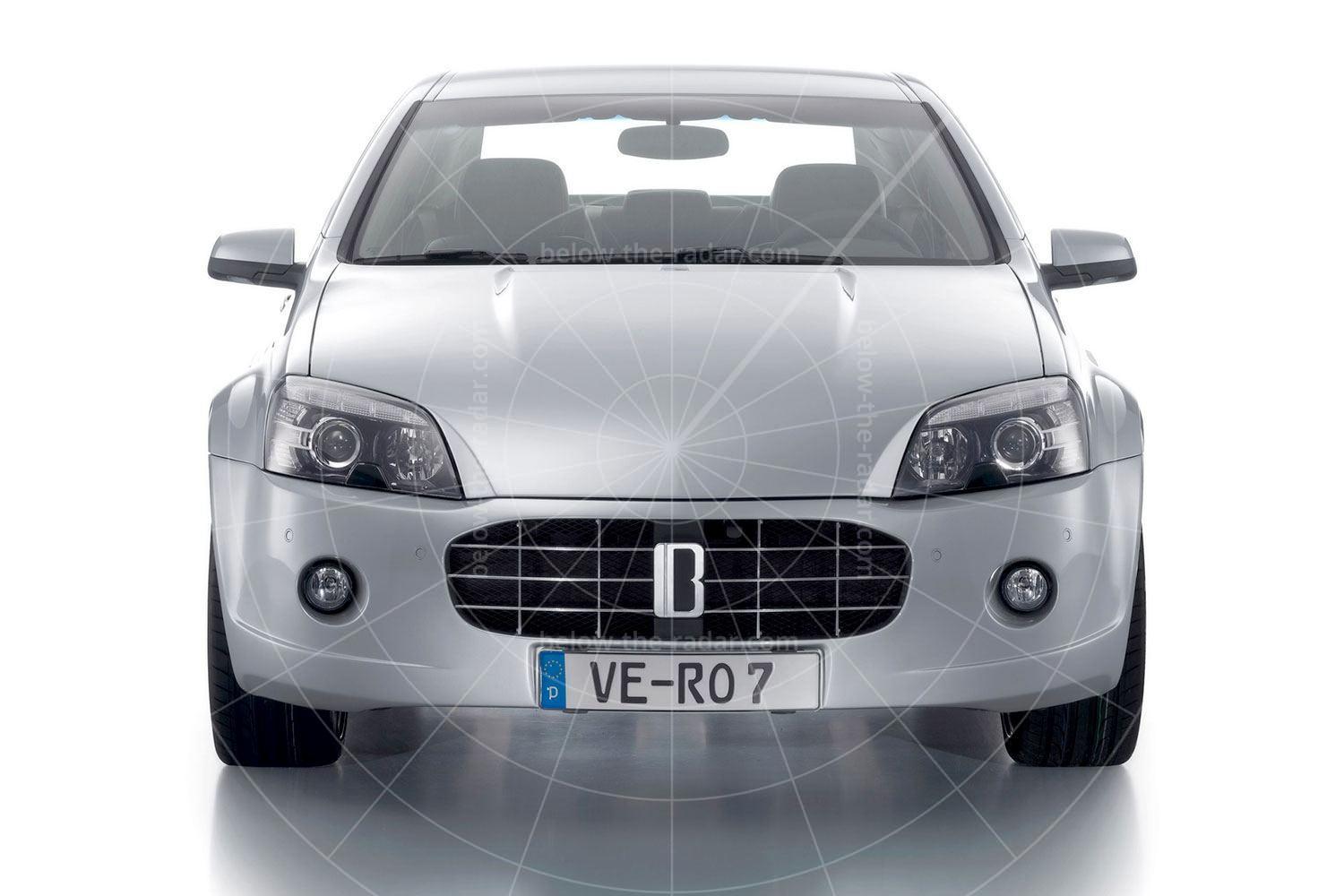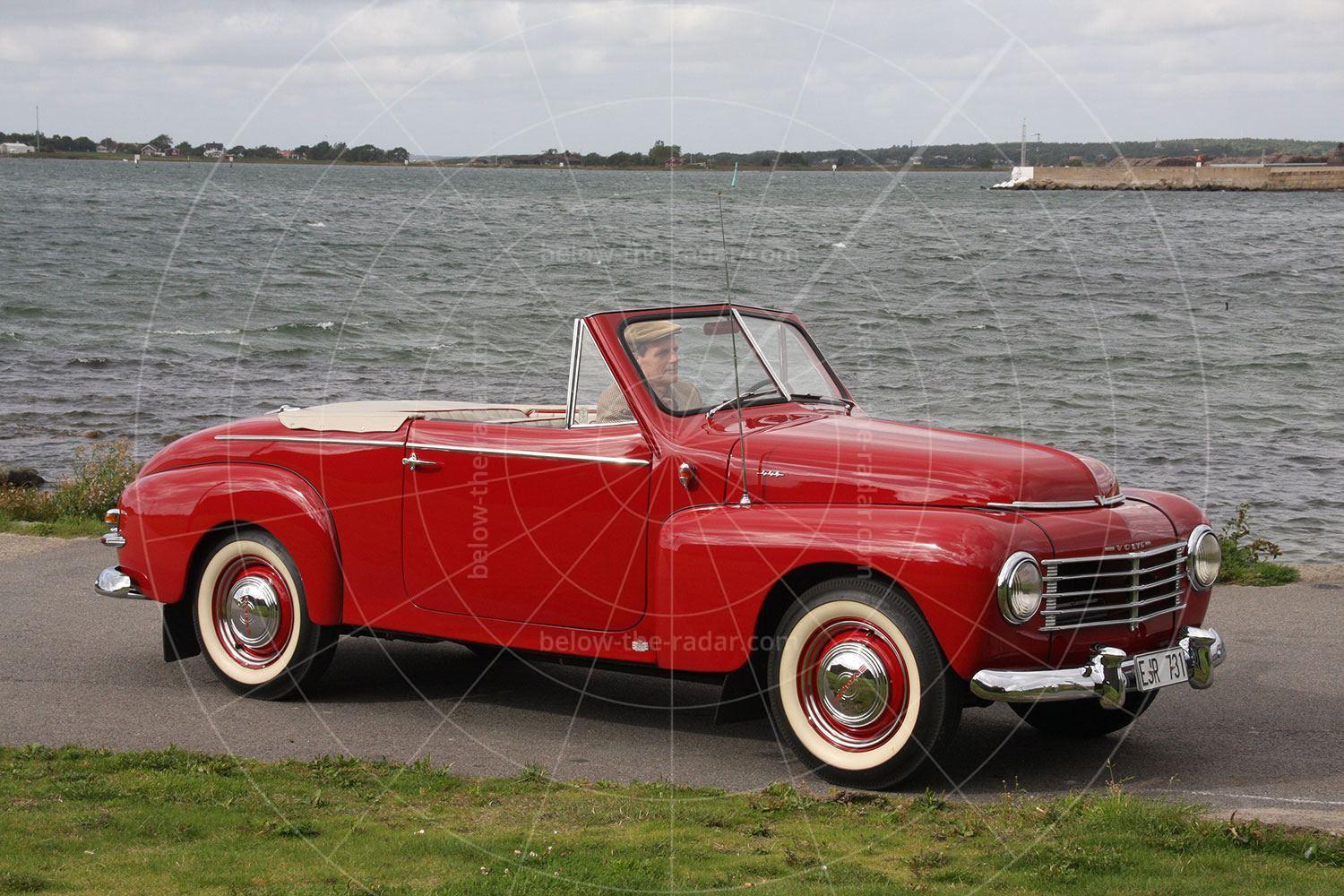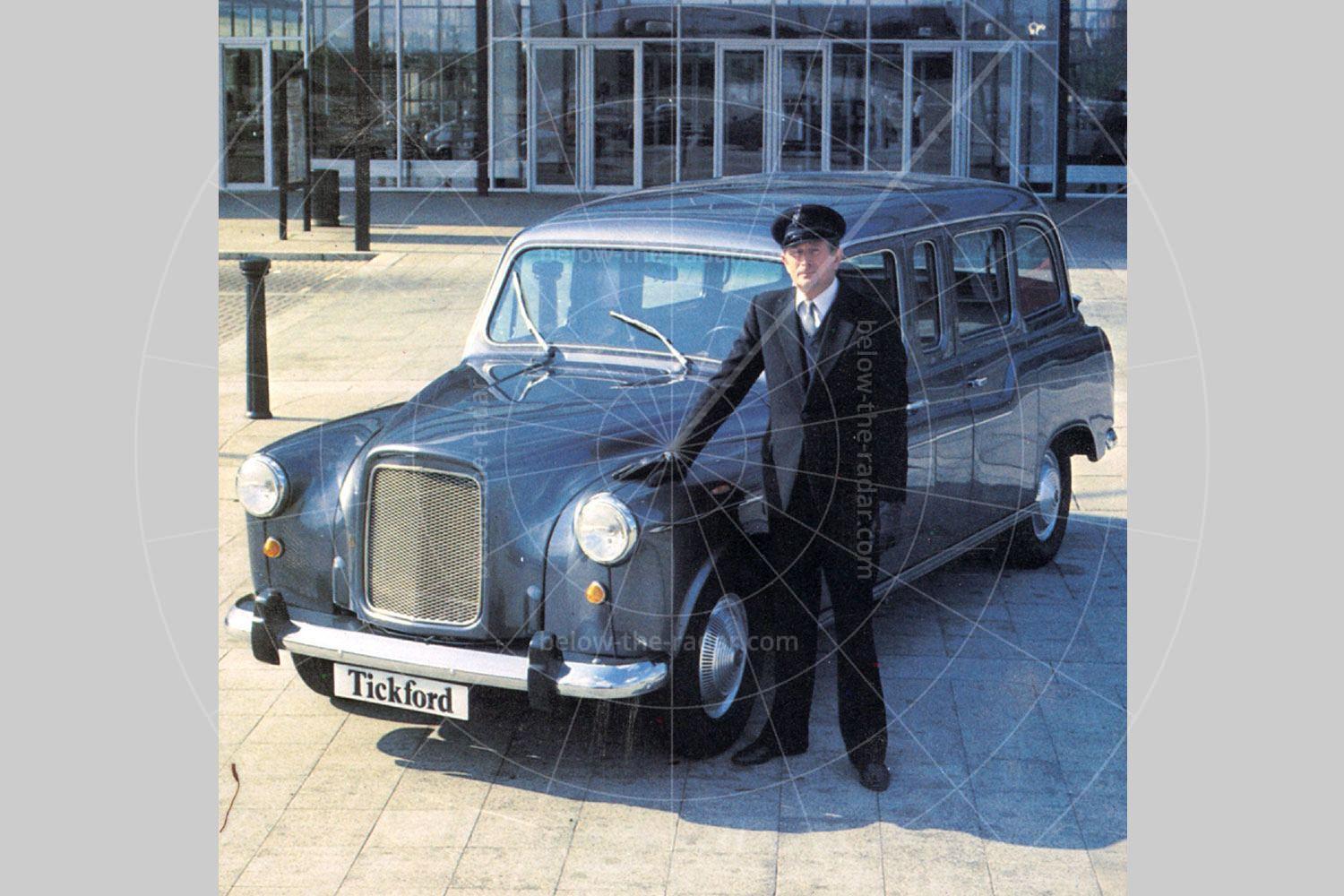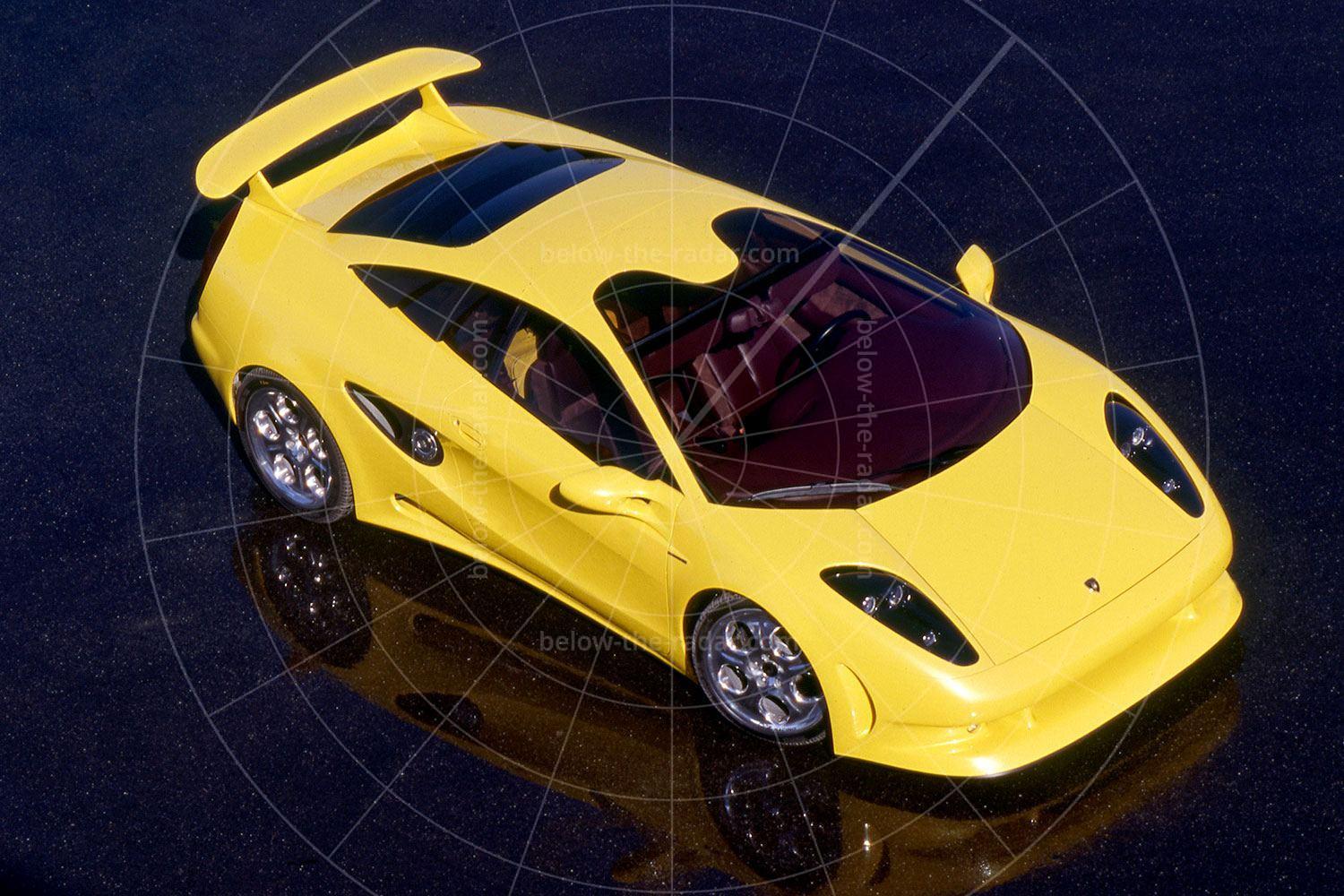The Fiat 500 was the car that put Italians on the road after World War II and it lived many lives, including as an urban runabout, a rural farm-to-market hauler and also as an Abarth-tuned sports car. The most whimsical variation came from Carrozzeria Ghia though. Called the 500 Jolly, these beach cars were a regular sight on sunny Mediterranean beaches in the 1960s and 1970s.
With its open sides, striped 'Surrey tops' and wicker seats, the Jolly let its jet-setting occupants bask in warm, salty air between hotel lobbies and sandy beaches. The most pampered examples lived on yacht decks as tenders.
As related in the Below The Radar article on the Renault 4CV Jolly, it was Ghia that came up with the concept of creating a 'beach car'. That was way back in 1954 using the 4CV as its basis, but by 1957 Ghia had been commissioned by Fiat boss Gianni Agnelli to create a beach car based on the Nuova 500 which was launched that year.
Agnelli wanted a small fun car that he could carry on the back of his yacht Agneta. The car would have to be small and light enough for the yacht crew to load and unload, and it had to have enough power for the occasional longer on-road journey.
The Nuova 500 was the ideal choice for Agnelli's needs, so one was despatched to Ghia's workshops where the doors, side windows, roof and rear window were removed. To prevent the car from folding up under its own weight, the bodyshell was strengthened and the windscreen was cut down; in some cases the wipers were also dispensed with.
To stop the Jolly's occupants from suffering heat stroke a rudimentary canvas top was fitted, called a Surrey canopy, which could be folded away if necessary. Presumably at any speed over 30mph it would have blown away altogether. The 500's regular interior was also junked, with wicker seats fitted instead, to ensure that every journey was as uncomfortable as possible.
Few cars were as basic as the 500 Jolly, but that didn't stop a whole raft of high-profile people wanting one. Owners included Princess Grace of Monaco, Elvis Presley and Aristotle Onassis. President Lyndon B Johnson was another high-profile owner although he didn't buy his Jolly; Fiat gave it to him instead, and he used it as a golf cart.
The first 500 Jollys featured bug-eyed headlights (see the gallery), but as production progressed Ghia made fewer changes to the bodywork and the standard 500 nose was retained instead. However, Ghia did go on to offer different versions of the 500 Jolly, including an economy edition with a factory interior rather than wicker seats.
From the first example until Ghia built the final 500 Jolly in 1966, the focus was only ever on changing the bodywork and interior; the mechanicals were always left untouched so the running gear was always pure 500 throughout.
In all Ghia built around 400 Fiat 500 Jollys but once that final example had been built in 1966 it wasn't a disaster for anybody who wanted a quirky Fiat-500 based car that was madly impractical. Just a year later Vignale introduced its own take on the formula, in the shape of the Fiat Gamine, around 2000 of which would be built.
| Vital statistics | (post-1960 cars) |
|---|---|
| Produced | 1957-1966, Italy |
| Number built | 400 approx |
| Engine | Rear-mounted, 499cc, 2-cylinder |
| Transmission | 4-speed manual, rear-wheel drive |
| Power | 17.5bhp at 4400rpm |
| Torque | 26lb ft at 3500rpm |
| Top speed | 60mph approx |
| 0-60mph | 47 seconds approx |
- The Fiat 500 Jolly was sold by RM Sotheby's in 2018 for £25,300. Many thanks to RM Sotheby's for the use of its pictures to illustrate this article.

